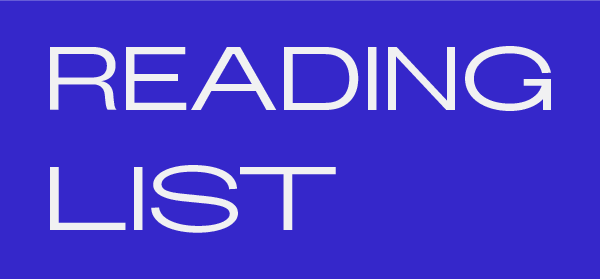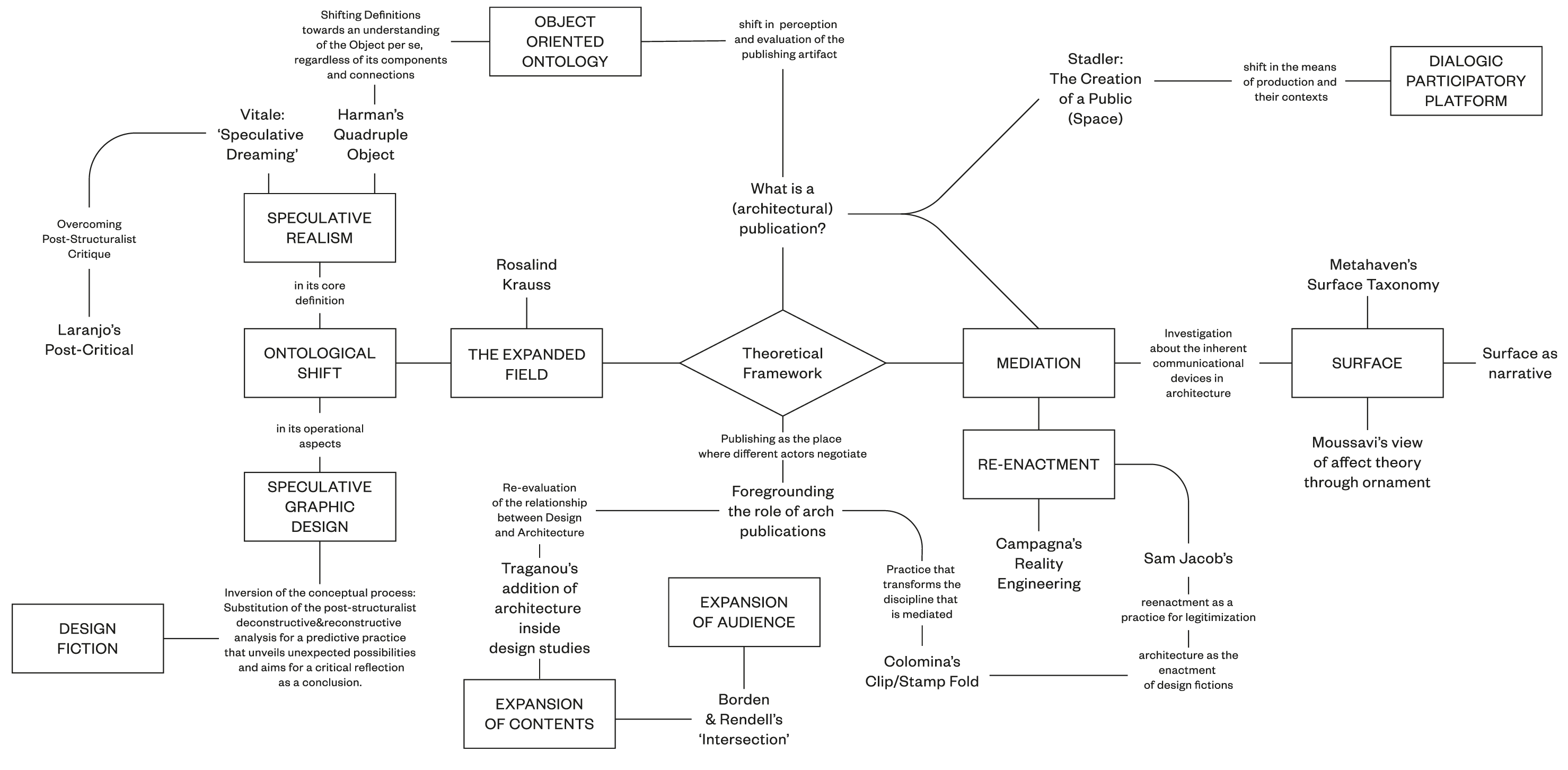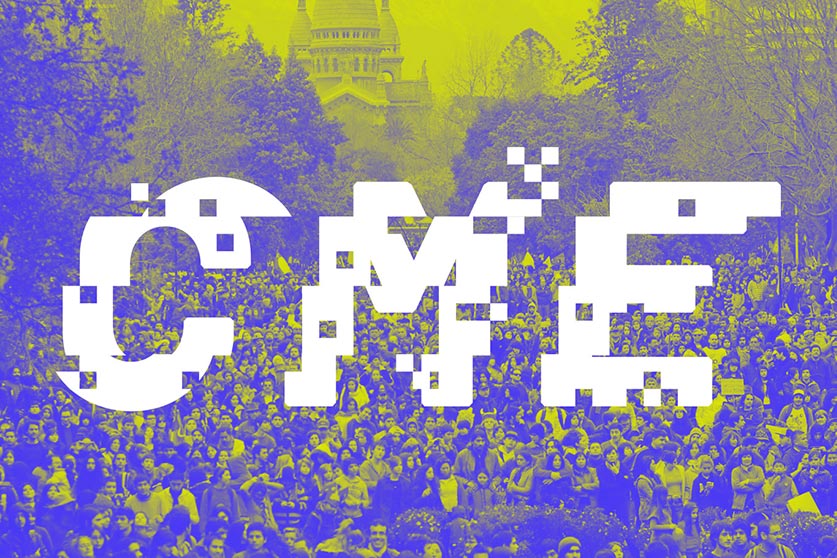Carlos Romo-Melgar
→ Works
→ → Expanding the Field
of Architectural Publishing
↓ JUMP TO CASE STUDY
1 General Information
1 General Information
1 General Information
1 General Information
Self-initiated
ROLE: Researcher / Designer / Editor
LOCATION: London
DATE: 2016-2018
EF—AP is an open publishing platform for the amplification of discourse on architectural publishing. It proposes a dialogic model of knowledge creation, where the public debate is as important as the original subject matter. For this reason, the different contents have been compartmentalised into separate sections. The intention of this is to create units of knowledge that can be questioned, commented, updated or challenged by the readership.
EF—AP proposes alternatives to the traditional ways of publishing using the just-in-time production methodology: each of the contents is published in a single section, which is printed in short runs. This quality allows for contents update and including opinions and reflections from the readership.
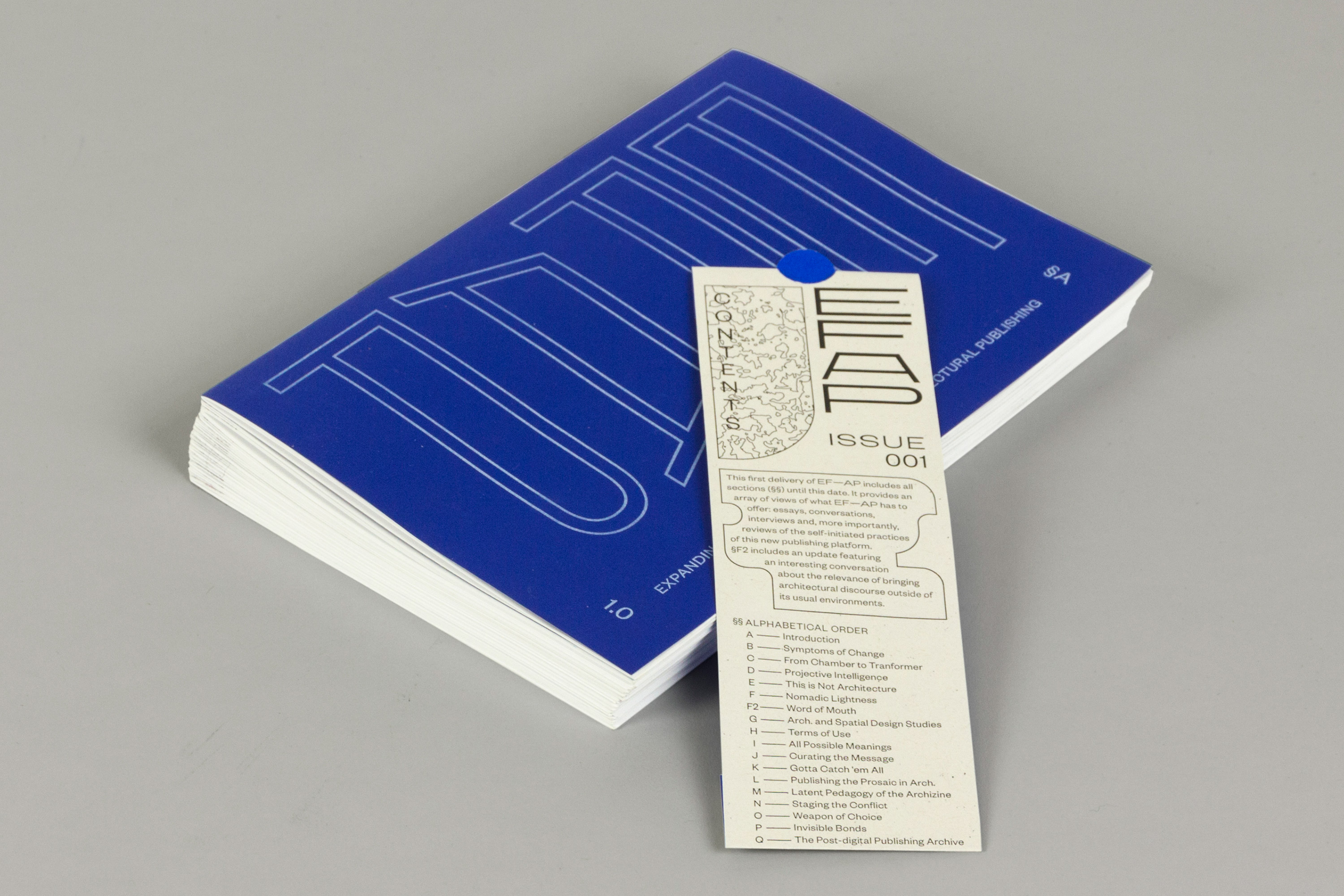

UNCERTAINTY-ORIENTED DESIGN
The printing methods used in the production of sections adapt in time to technical and economic affordance of the platform. This practical decision affected the way in which the publication was designed, from format to layout and use of images.
UNCERTAINTY-ORIENTED DESIGN
The printing methods used in the production of sections adapt in time to technical and economic affordance of the platform. This practical decision affected the way in which the publication was designed, from format to layout and use of images.
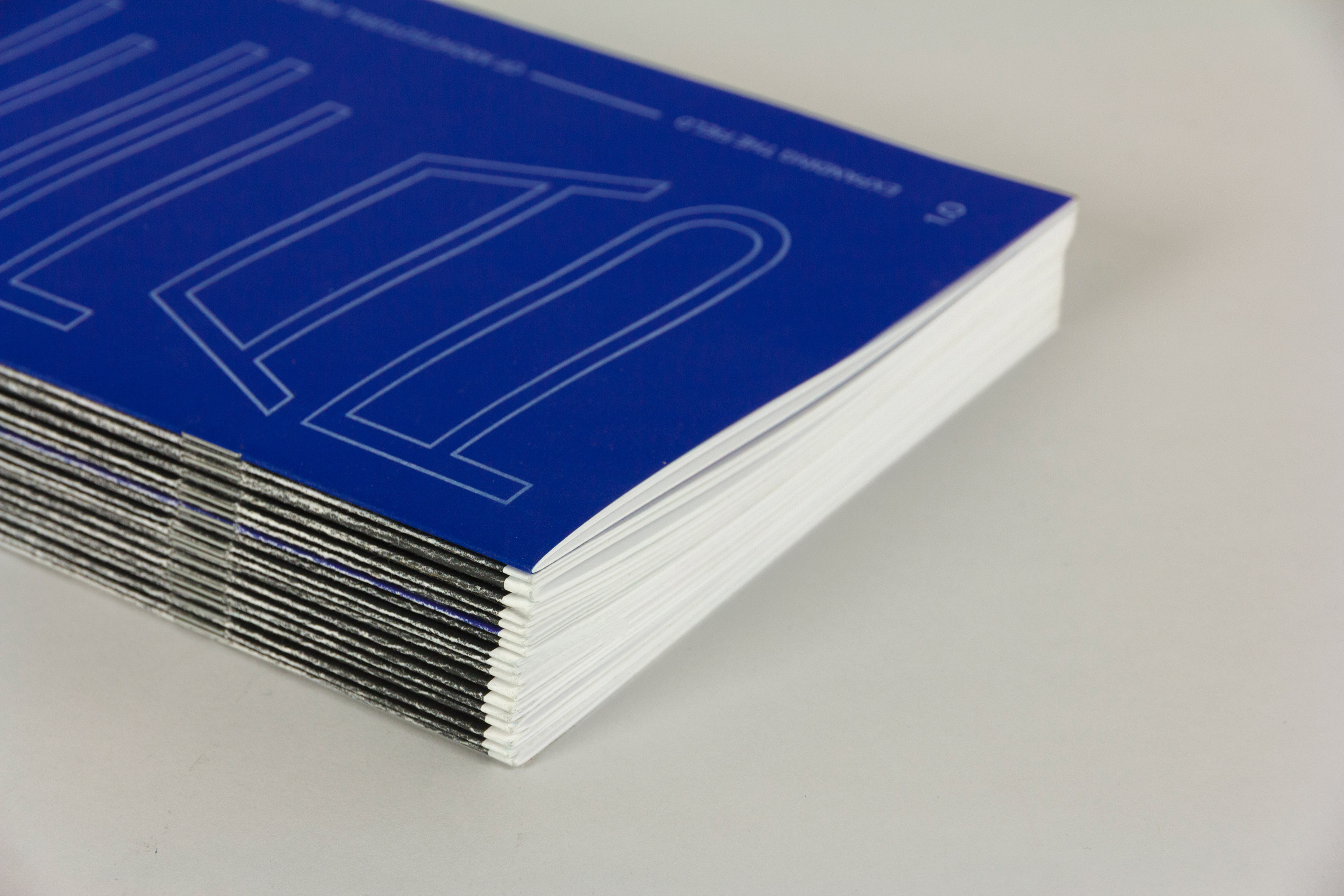
VARIABLE PHYSICALITY
With the aim of developing new ways of producing editorial physicality, the individual sections are provided disassembled, but ready to be organised in a single publication, understanding the reader as participant of the editorial process.
VARIABLE PHYSICALITY
With the aim of developing new ways of producing editorial physicality, the individual sections are provided disassembled, but ready to be organised in a single publication, understanding the reader as participant of the editorial process.
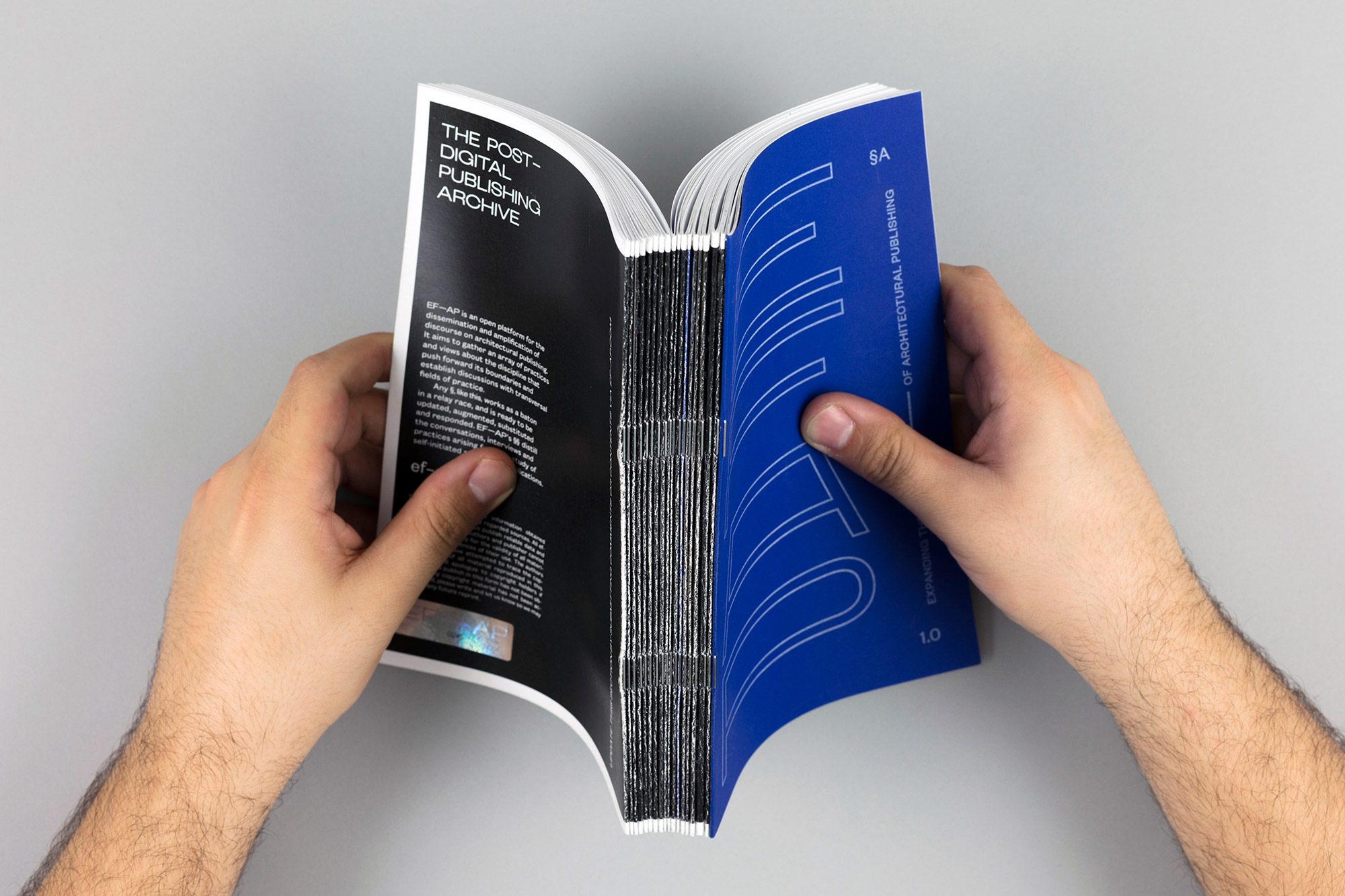
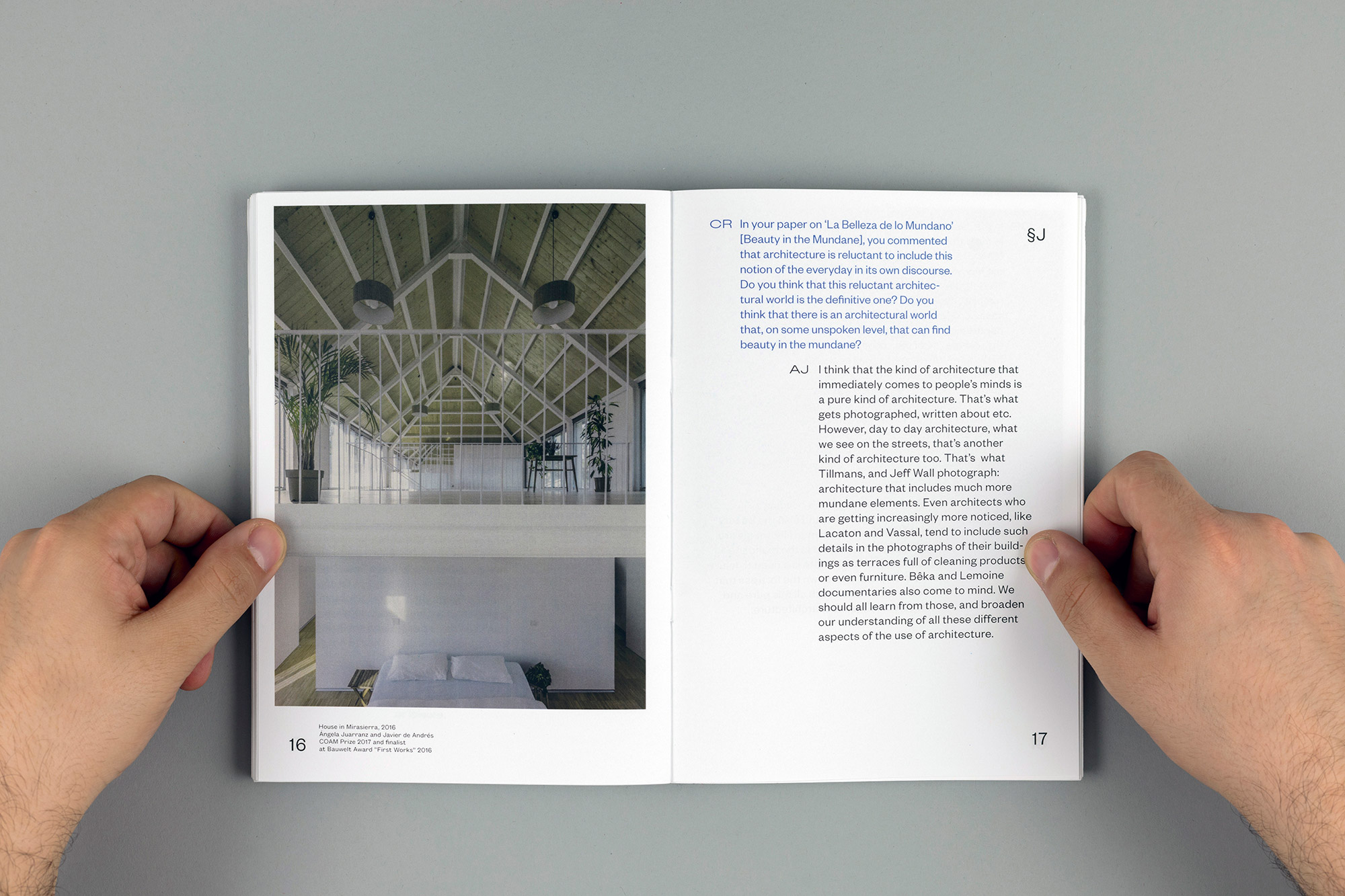
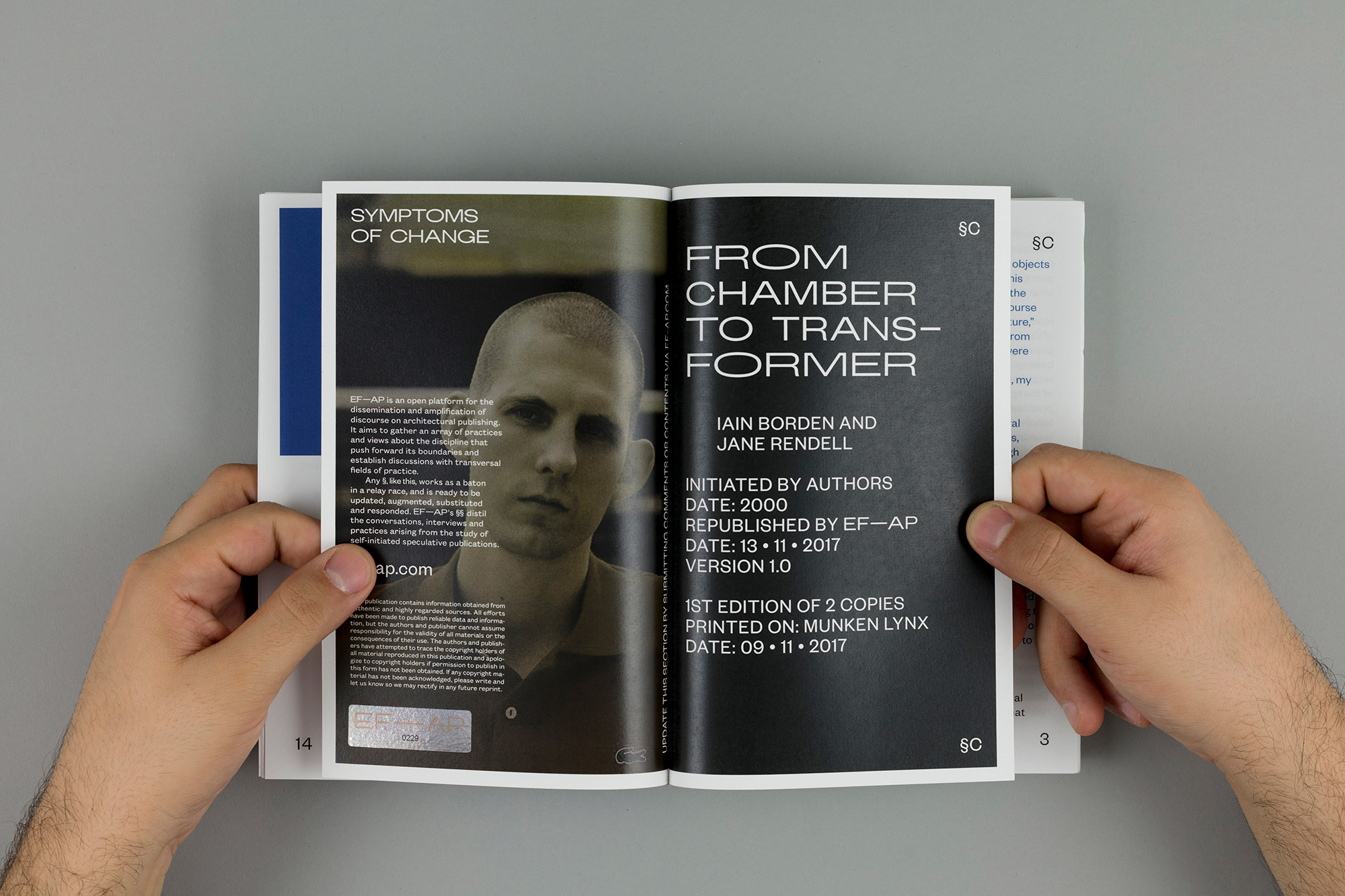
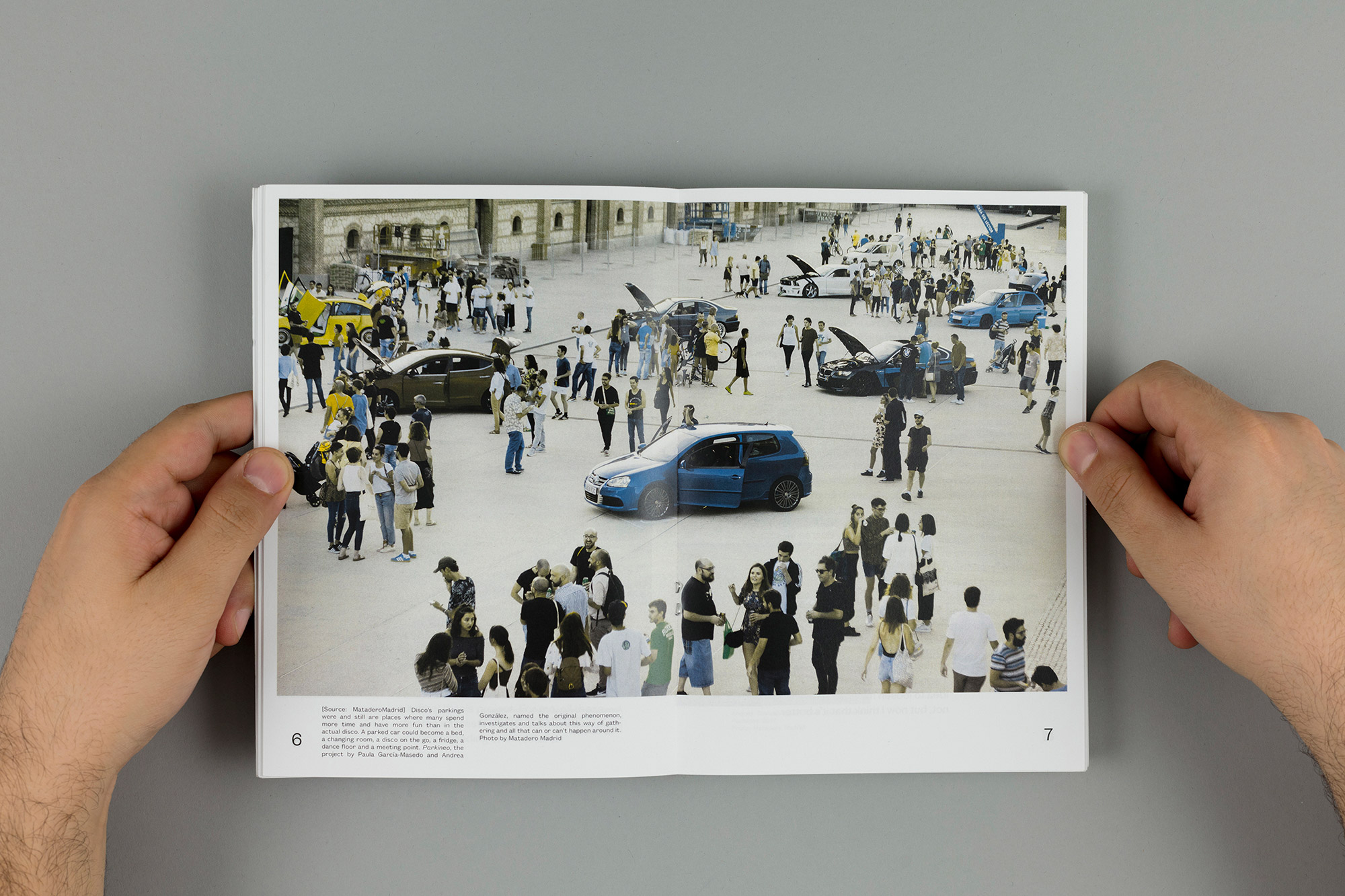
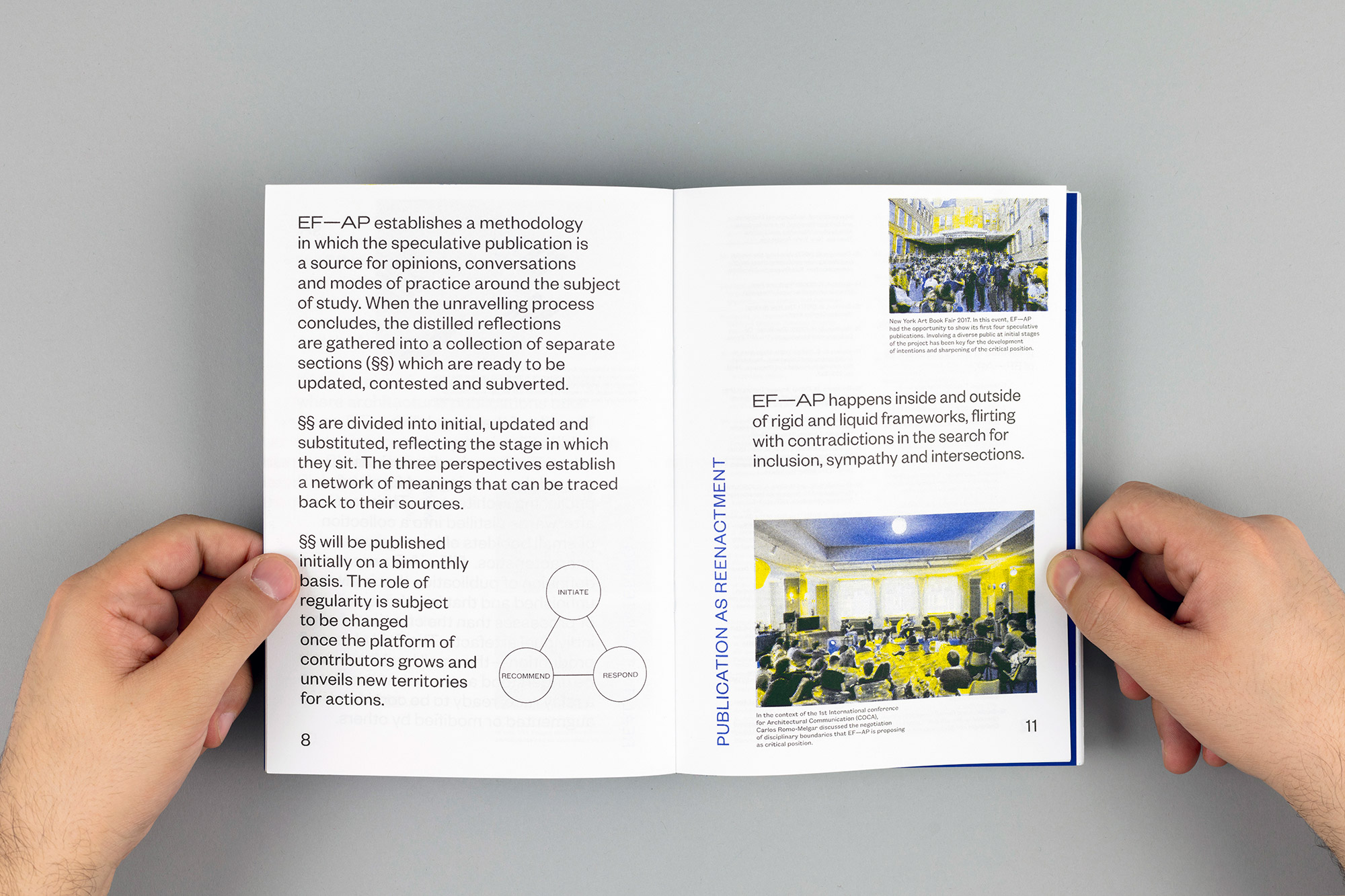
2 Case Study
2 Case Study
The project provides a design-led answer to the question 'What is the role of speculative graphic design in the expansion of architectural little magazines and their social network?' by the establishment of a publishing platform in which a methodology of speculation is defined. The goal of expansion is understood as a manifold of options under a singular goal; there is not a single expansion, and there is not a singular way of achieving any of those endeavours. For this purpose, the different speculative experimentation undertaken in this research project (from now on, speculative publications or simply ‘speculations’) address a varied range of audiences and contexts. All the insights extracted from speculations has been surrounded by and cross-cut with discussions, interviews and the analysis of secondary sources. The situated attempt to respond to the question, and seeing the definition of a platform as the best way of responding to the project, leaves open an opportunity for further development outside the academic context.

Cover proposals for three stages of the final booklets of EF—AP; initial in black, updated in blue, substituted in yellow. The formats acknowledge their limited nature and welcome external peers to contribute with comments, updates and responses. The publishing platform, once the rights for reproducing a content have expired, would publish a yellow-cover format inviting to substitute the brick of knowledge that ceases to exist in the collection.
EF—AP proposes a new role for speculative graphic design in the definition of publishing processes. The speculative publications are seen as devices that switch the traditional workflow of publishing—the one that provides publishing responses to existing sets of data or problems—by locating a design conceptual stage first, and postponing the editorial after the conclusion of it. The shift in the procedures requires another one in an ontological sense. The definition of publication, in the context of EF—AP, is challenged, and the traditional roles become much more dispersed than in a traditional publishing setting.
The role of the speculative publications is to generate questions, provoke discussions around the meaning and forms of publishing architecture. These are afterwards distilled into collection of small booklets of homogeneous characteristics. EF—AP proposes a definition of publication that is always unfinished and that is rather a sum of processes than the creation of individual artefacts. The final object of production—the small booklet—can be understood as the baton used in a relay race; ready to be continued, augmented or modified by others.
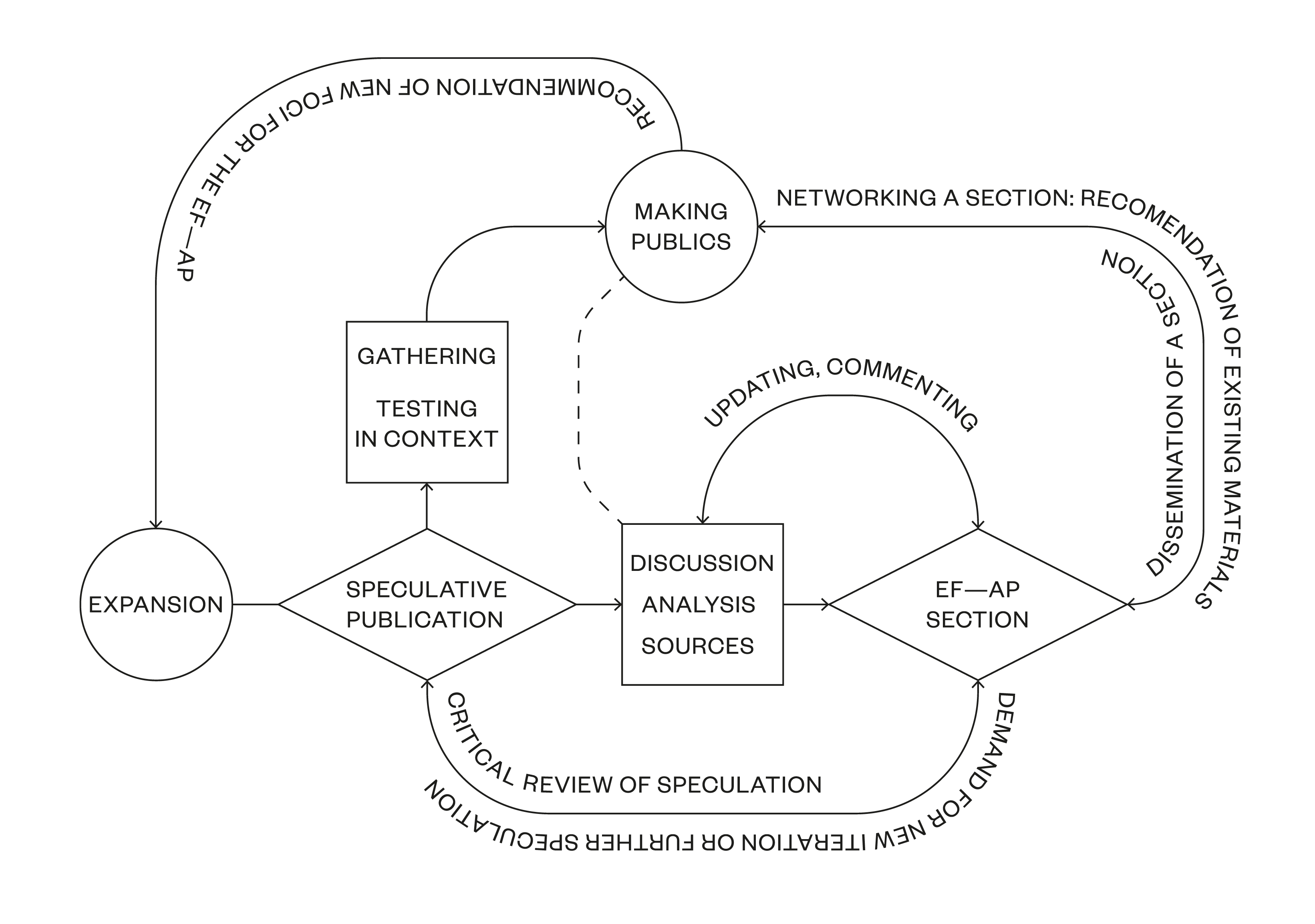
The methodology proposed—from the speculative publication, to the discussion, to the streamlined booklet— attempts to expose areas of expansion in the field of architectural publishing, in a collective way. The knowledge is understood as fluid, the authority as peer, the reader as participant. The rooms for the expansion of the field are multiple, they partially overlap and create dissonance in their interpretation.
The methodology proposed—from the speculative publication, to the discussion, to the streamlined booklet— attempts to expose areas of expansion in the field of architectural publishing, in a collective way. The knowledge is understood as fluid, the authority as peer, the reader as participant. The rooms for the expansion of the field are multiple, they partially overlap and create dissonance in their interpretation.
Discursive Theory
The project has used extensively literary materials, understanding them as valid devices for design research, and for design itself. All the different readings have been gathered in a running reading list, that is intended to be published. This is a starting point for the development of a network of theory bits that looks for intersection between disciplinary discourses. Theory is used as a discursive device to debunk assumptions and highlight misalignments/ misuse of terminology. Avoiding the use of pedigreed notions, the project has looked to establish a theoretical framework that supports a developed understanding of the terminology at use.
Discursive Theory
The project has used extensively literary materials, understanding them as valid devices for design research, and for design itself. All the different readings have been gathered in a running reading list, that is intended to be published. This is a starting point for the development of a network of theory bits that looks for intersection between disciplinary discourses. Theory is used as a discursive device to debunk assumptions and highlight misalignments/ misuse of terminology. Avoiding the use of pedigreed notions, the project has looked to establish a theoretical framework that supports a developed understanding of the terminology at use.
Click here to access EF—AP reading list
Contexts
EF—AP takes its title from Krauss’s essay ‘Sculpture in the Expanded Field’, which defines a conceptual framework that includes practices disregarded as sculpture before. This expansion provided an ontological shift in the way a discipline can be defined, enabling other practitioners to push further its boundaries. Concurrently, the text from Traganou and the one from Borden and Rendell locate this reflection in the realm of architectural discourse. This field is often focused on providing practical feedback to architecture practitioners, instead of creating a discussion with other disciplines. From the position of the authors, diversifying contents where architectural discourse is present, will inherently approximate architecture to a more diverse audience.
The methodology of the research project is sourced in the contributions of speculative realism and Harman’s Object-Oriented Ontology. It invites us to understand the object per se, regardless of its parts and interconnections. Vitale proposition goes further in this direction, shifting from a deconstruction-reconstruction creative process towards a speculative one that allows dreaming of new possibilities. The analysis in this new process is located after the action, and the practice is used as a way of questioning.
The scope and boundaries of the publication has been influenced by the contributions of Stadler, where the publication is the creation of a public (space). This social life of the book encouraged EF—AP to embrace a dialogic/pluralistic approach to the creation of contents from a participatory platform.
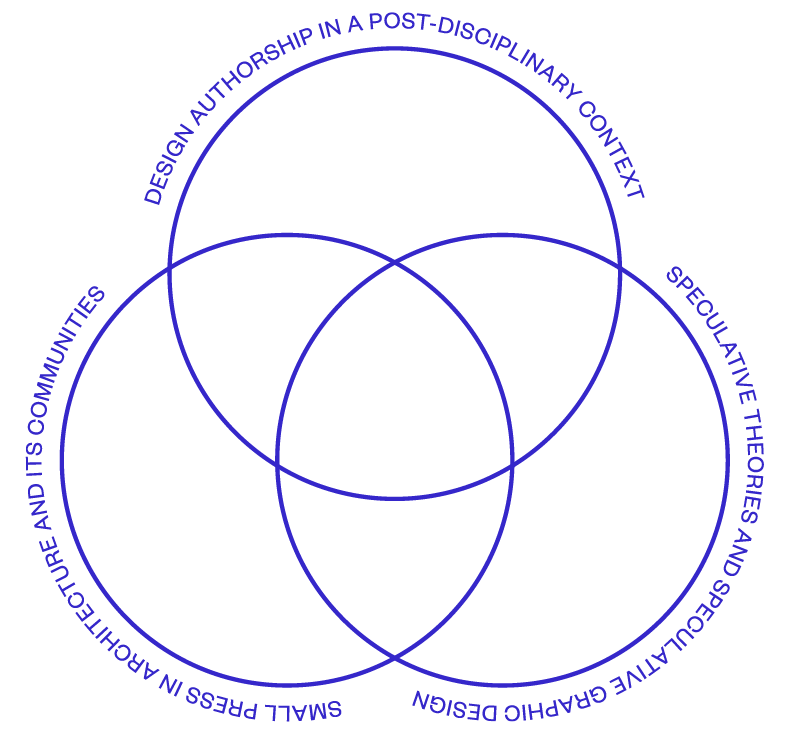
Precedents and Referents
Independent and self-initiated architectural publishing is often a lonely activity, not characteristic for its community creation. Projects such as Archizines or Clip/Stamp/Fold reopened the discussion of the currency of the field in 2011 and covered many independent practices of the time. On the other hand, Paper Architectures is focused on the relationship between different small publications with architecture, being the discipline in the contents, or in its spatial qualities. The relevance and transformative power of these practices, as seen in the essay by Harriss, but also their precarity, encouraged me to develop a participatory platform covering different perspectives.
Dealing the idea of publication in its broadest sense has been essential to understanding the legitimization of innovative practices. The Thing Quarterly creates a unified visuality through its cardboard packaging; Paul Chan’s Badlands Unltd. follows administrative procedures to bring his disruptive publications to a broader environment; finally, Tauba Auerbach with diagonal press focuses on the role of discourse.
Avoiding Bubbles
EF—AP has had one foot inside of the academic realm and the other one in different institutions, events and self-initiated workshops. The research project acts as a pivot between the academic and the professional, granting feedback from very different perspectives and professional backgrounds.
Avoiding Bubbles
EF—AP has had one foot inside of the academic realm and the other one in different institutions, events and self-initiated workshops. The research project acts as a pivot between the academic and the professional, granting feedback from very different perspectives and professional backgrounds.
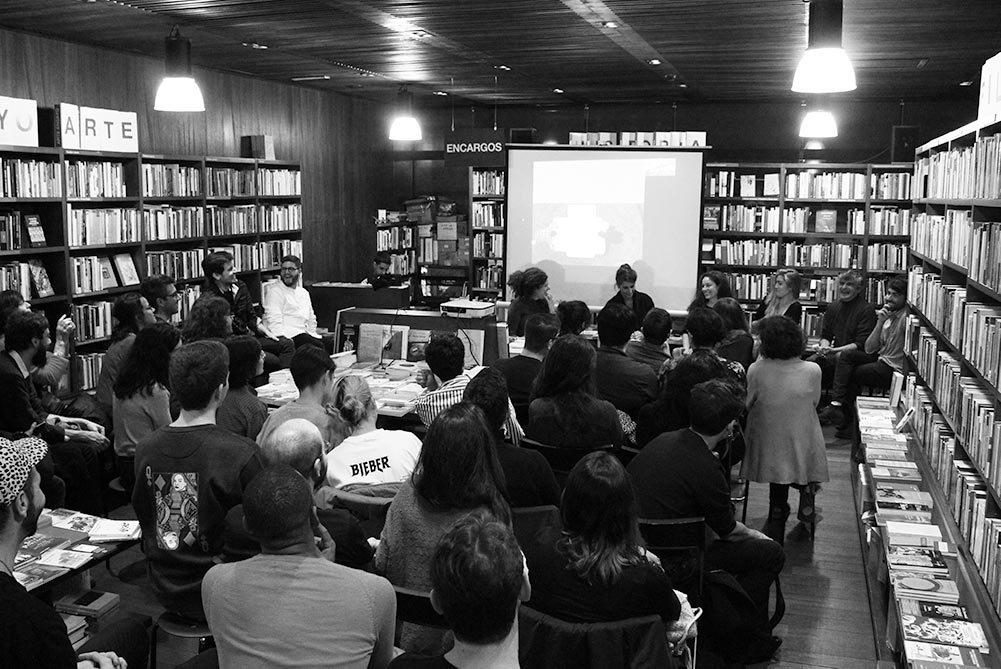
Round table: Discussing the Abnormal. Organised by Cuarto: Architecture Playground La Central Museo Reina Sofía, Madrid, Spain
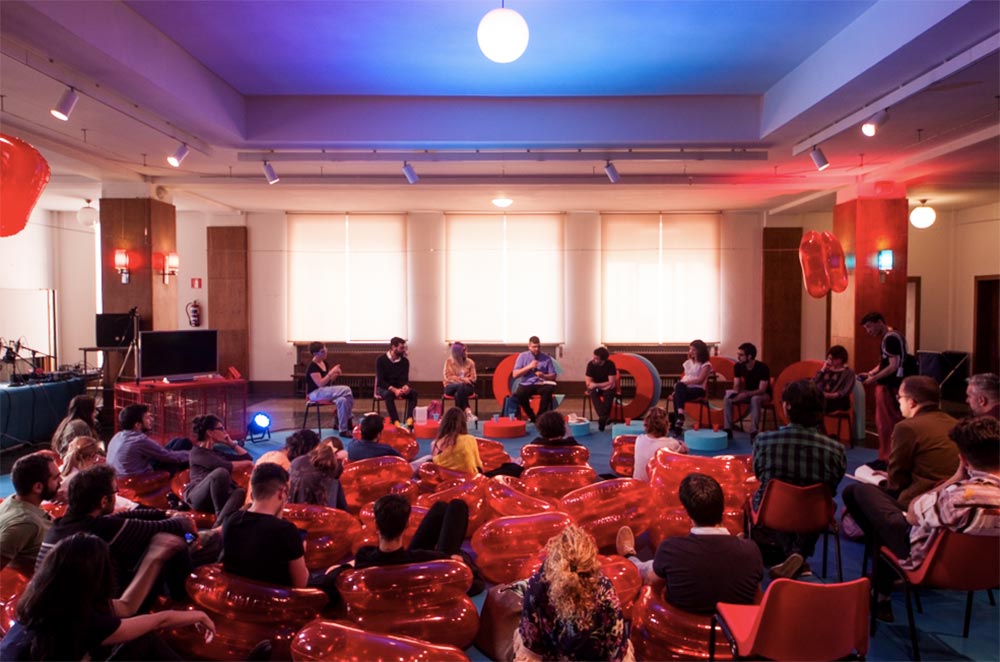
The initial intentions of the project and the methodology of speculation was presented at the first International Conference for Architecural Communication of Madrid (COCA). In that context, it was presented the research paper ‘Negotiating the Boundaries of the discipline and the practice: New opportunities for architectural publishing’.
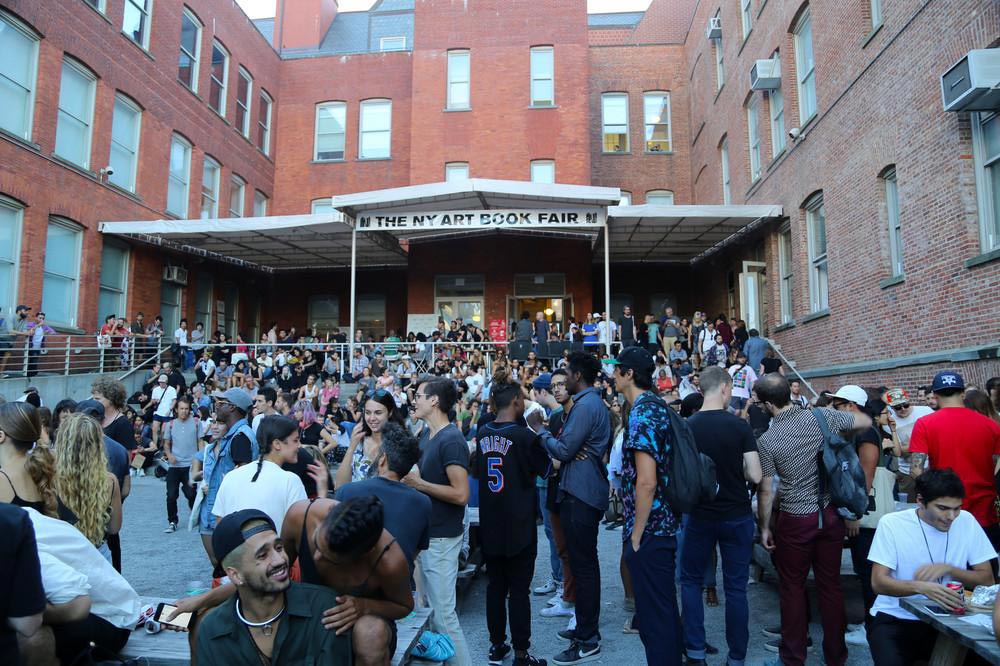
The speculative phase of the project was shown at the New York Art Book Fair in September, at MoMA PS1.
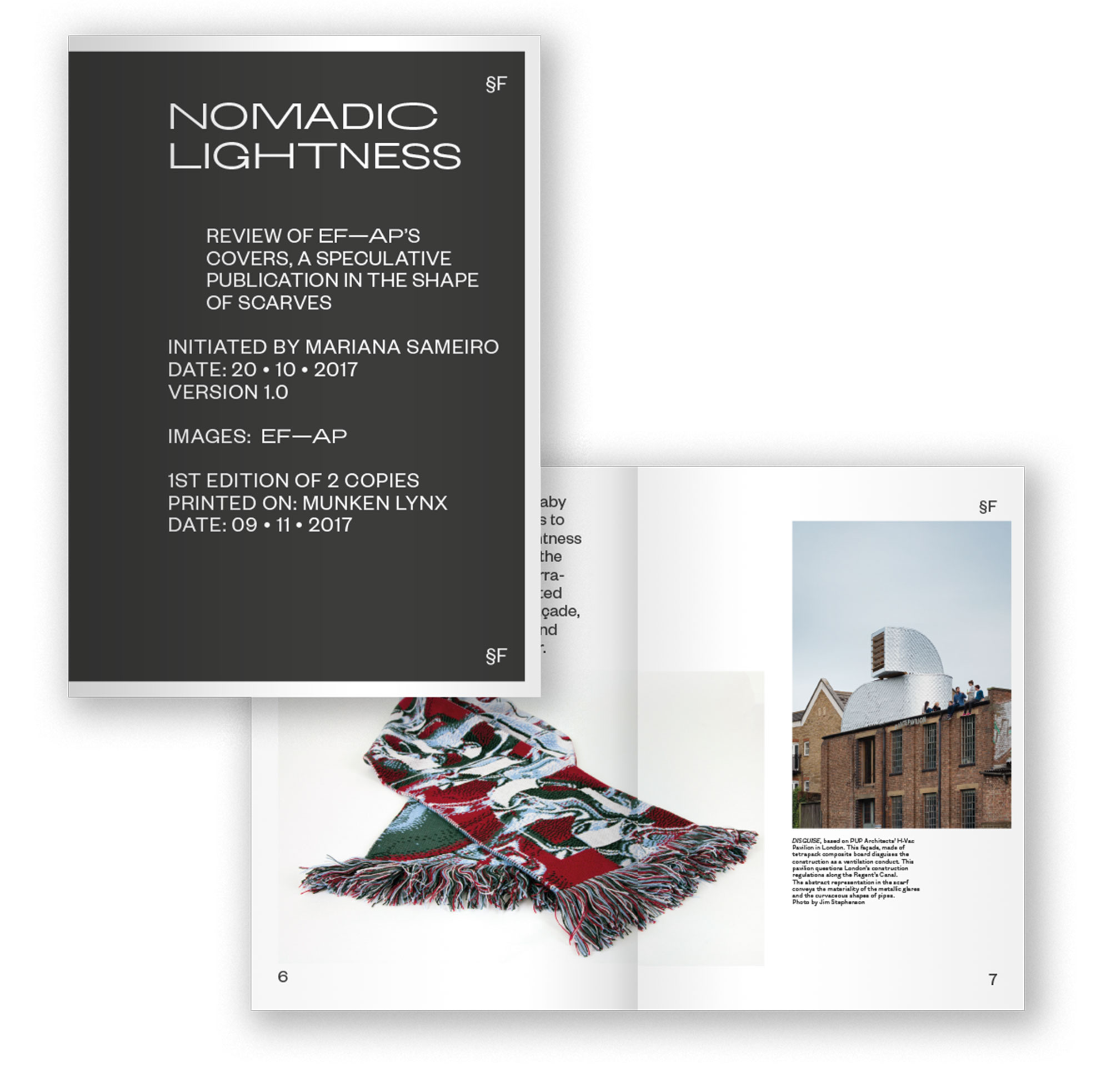
Just-in-time Production
The project aims to be as flexible as possible in terms of production, being ready to be adapted to different context and economical conditions. For that purpose it has been preferred a standard format like DIN A5, which allows production in desktop printers, professional printers and middle grounds like the use of Riso or other techniques. The project tries to adapt to an uncertain future, in an attempt of being independent from context and means of production. In order to produce documents that can be printed in a wide range of machines, it is relevant the use of margins, that allows as well the use of consumer-level papers. This situation leaves the door open to produce formats that readers can print at home, or that sit within precarious institutions.
Binding
The binding proposed is called semi-industrial, since it uses regular stapled sections that can be assembled to each other through a line of double-sided tape. The use of industrial materials show a layer of austerity in the overall productive processes of the publication. The different sections are provided detached to the reader, so they can organise the different sections in a custom order, foregrounding the role of situated intertextuality in the readership. Assembling a large amount of sections creates a publication that feels like a book and behaves like a magazine. It is flexible, opens flat, and every section is expecting new contents, updates and modifications.
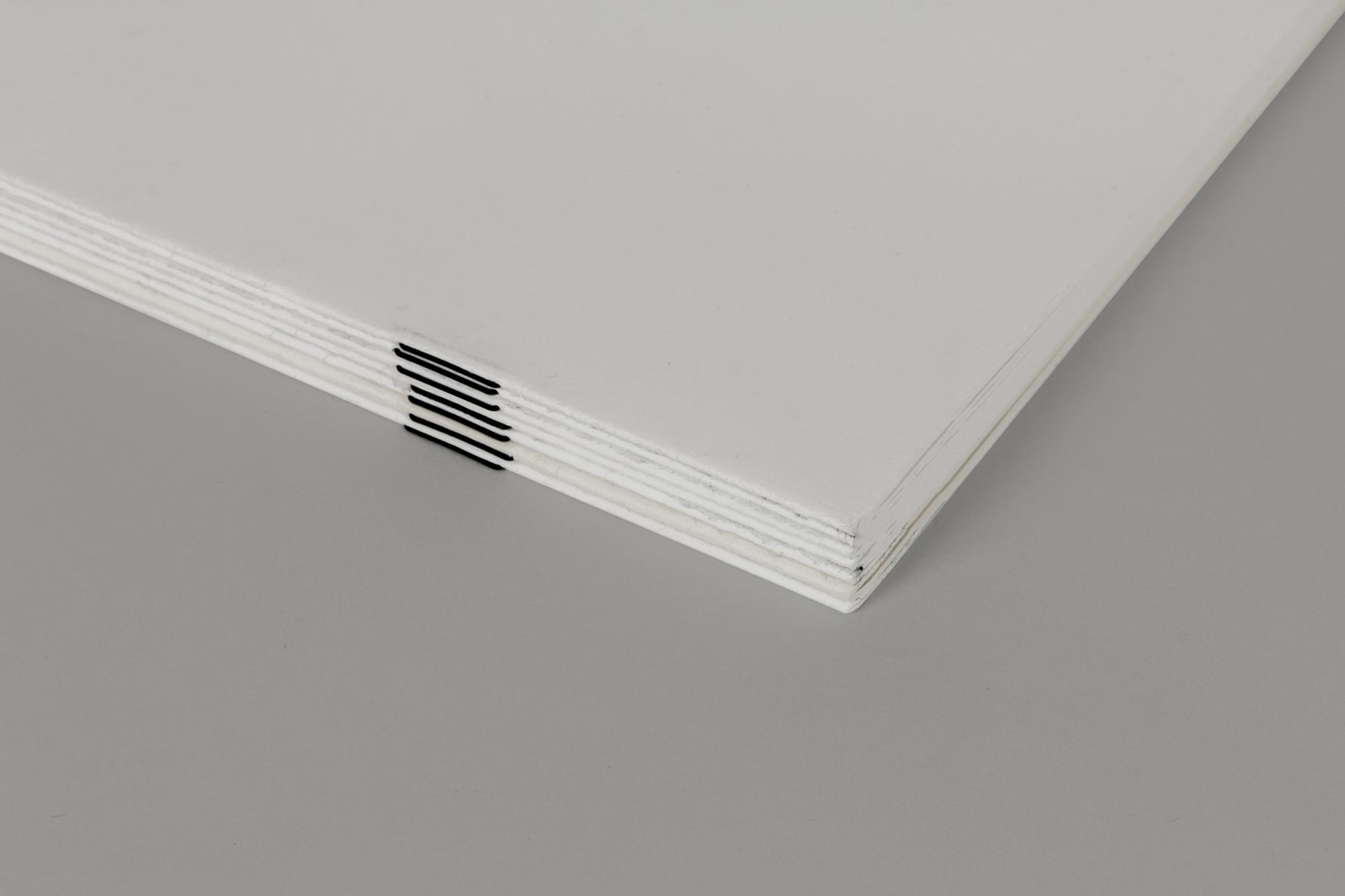
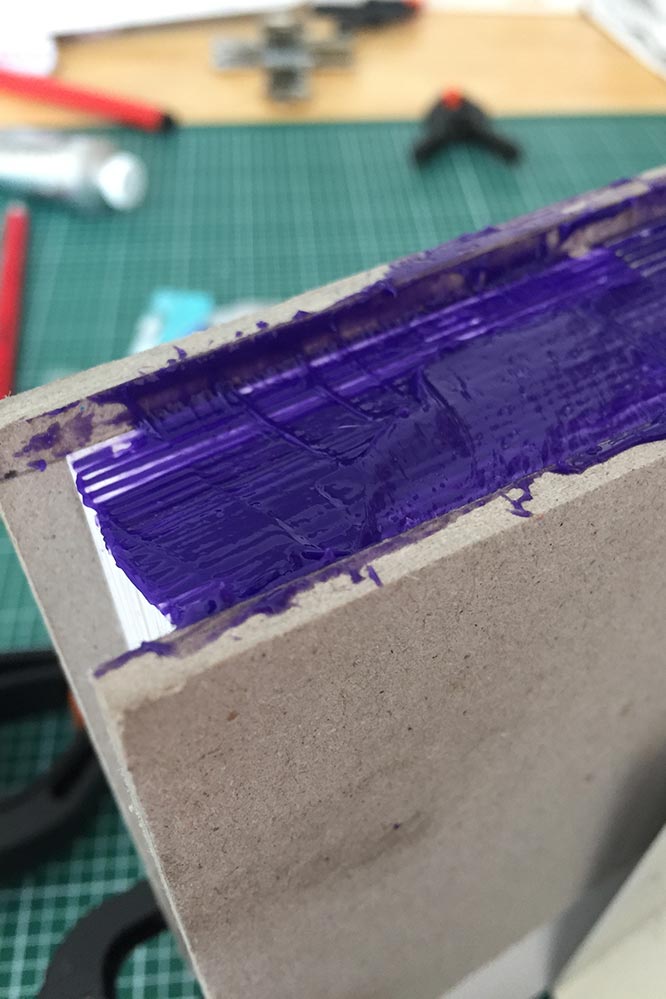
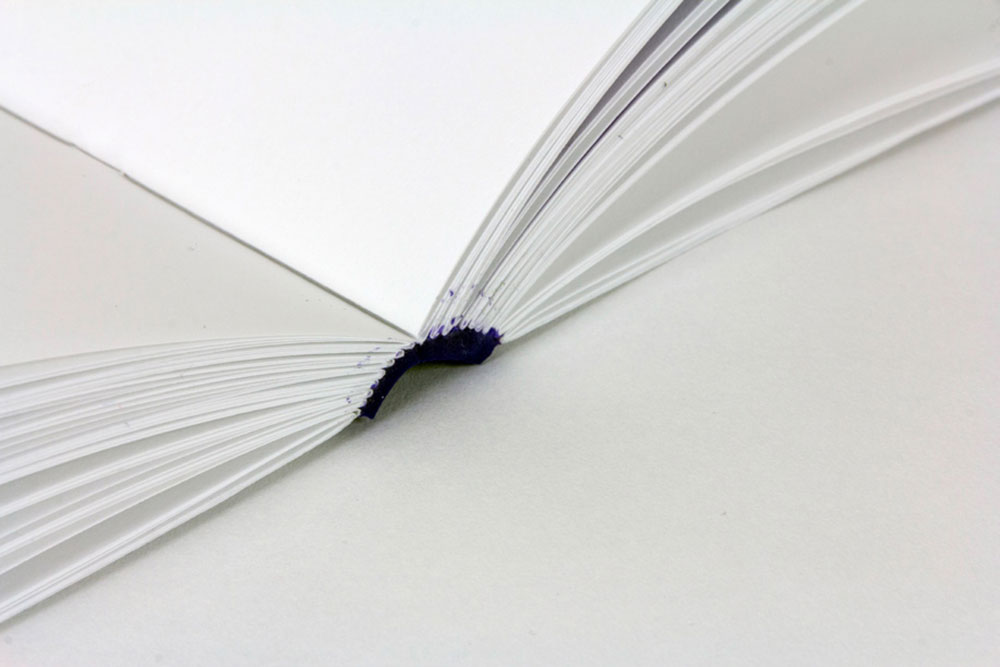
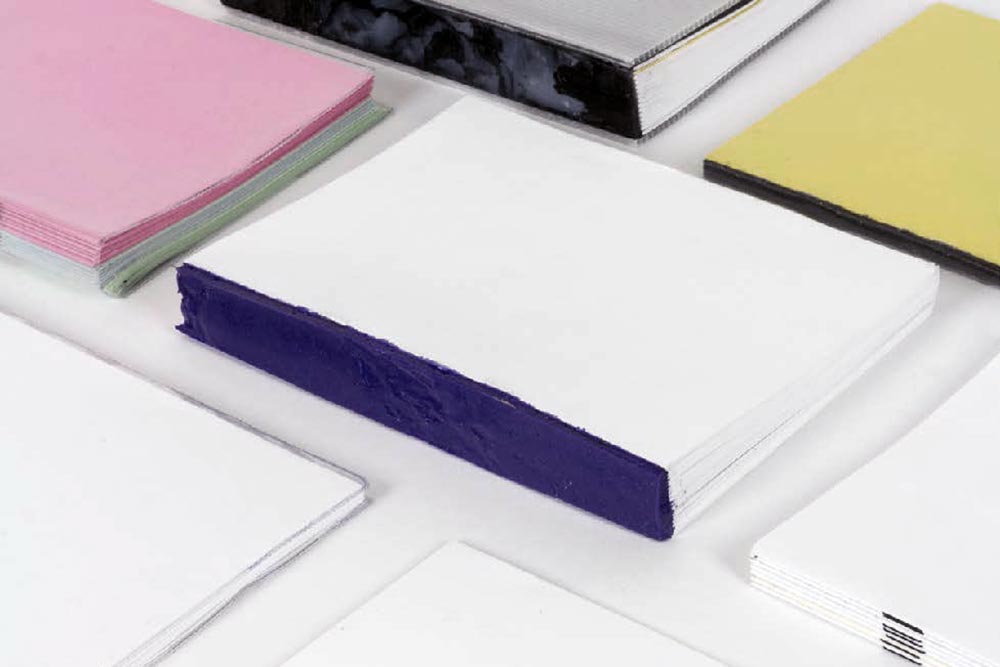
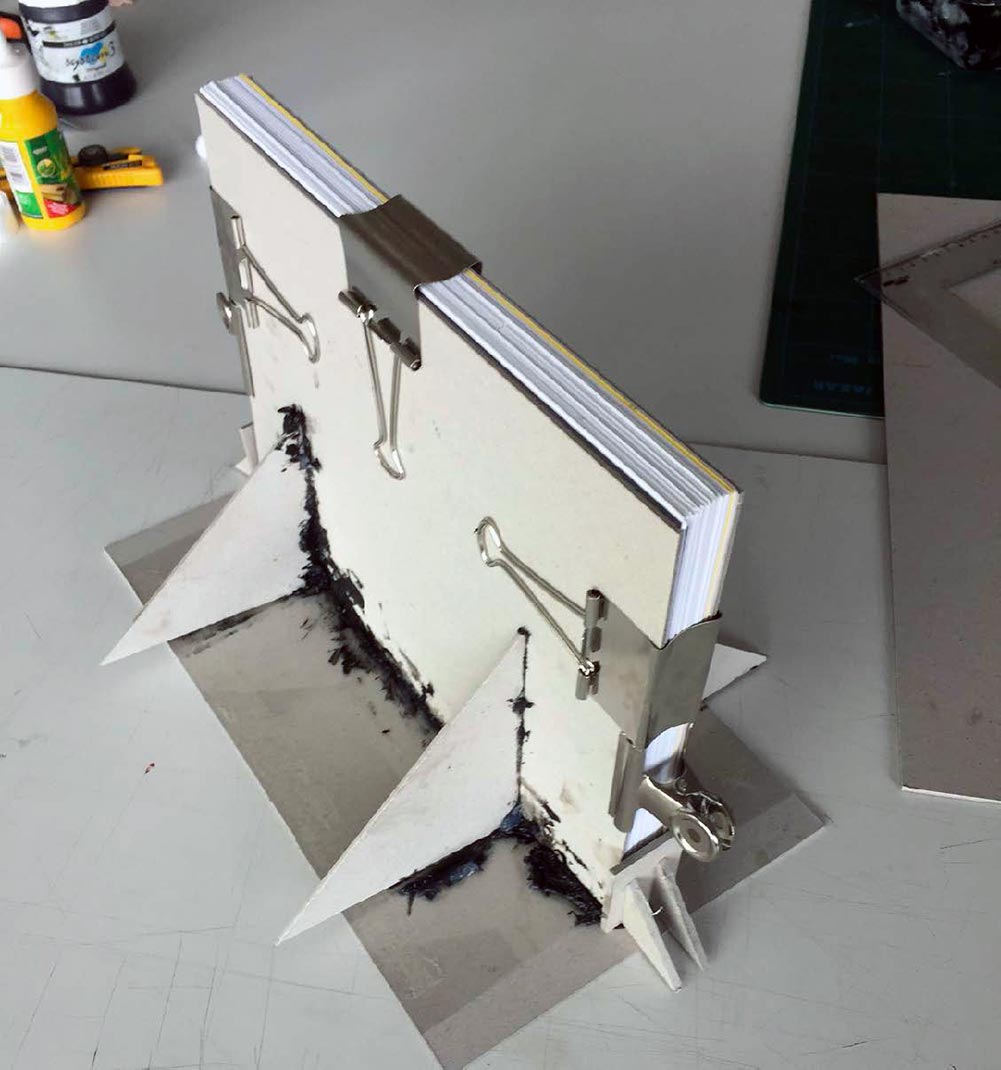
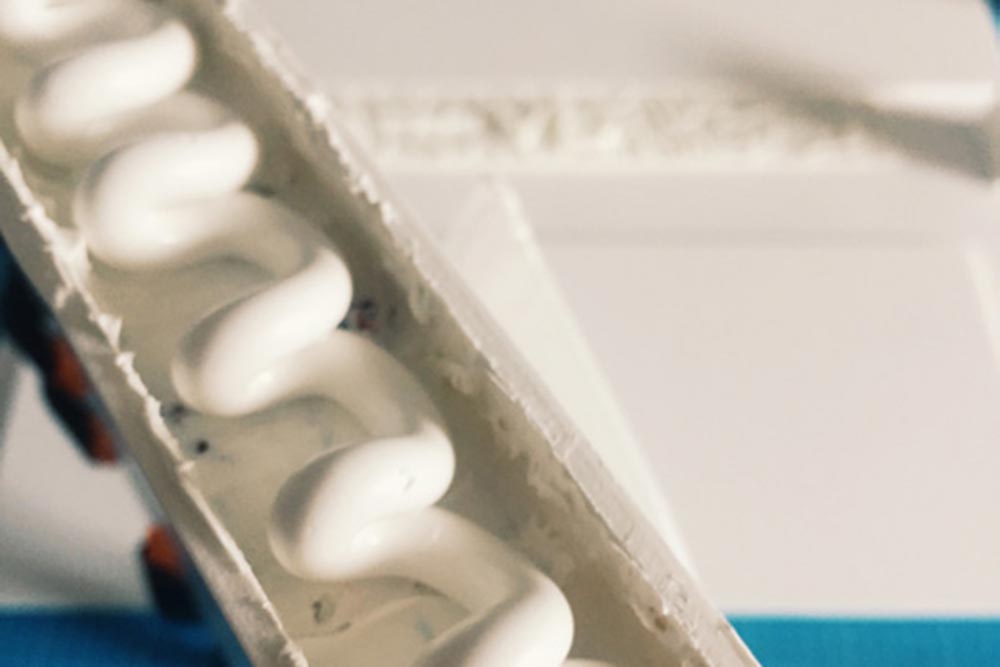
Gallery of binding experimentation
Dialogic Knowledge
EF— AP proposes a dialogic model of knowledge creation. For this reason, the different contents have been compartmentalised into separate sections. The intention of this is to create units of knowledge that can be questioned, commented, updated or challenged by the readership which is considered a community of peers.
Every section of EF—AP will be reprinted in short runs which will contain any updates or comments on top of the previous layout. The aim is to de-centre the source of knowledge, understanding it as an amorphous matter that arises from discursive processes.
The community of peers, the readership can submit responses/updates to existing contents in visual or written form.
Some types of contents require specific permits to be reprinted. In the case that a content reaches its limit of reprints, it will be downsized to a ‘substitution format’, which will contain an abstract of the original content, as well as an open call for submissions to find a substitution for it.
The colour in the covers foregrounds the initial, updated or substituted nature by the use of colour.
Dialogic Knowledge
EF— AP proposes a dialogic model of knowledge creation. For this reason, the different contents have been compartmentalised into separate sections. The intention of this is to create units of knowledge that can be questioned, commented, updated or challenged by the readership which is considered a community of peers.
Every section of EF—AP will be reprinted in short runs which will contain any updates or comments on top of the previous layout. The aim is to de-centre the source of knowledge, understanding it as an amorphous matter that arises from discursive processes.
The community of peers, the readership can submit responses/updates to existing contents in visual or written form.
Some types of contents require specific permits to be reprinted. In the case that a content reaches its limit of reprints, it will be downsized to a ‘substitution format’, which will contain an abstract of the original content, as well as an open call for submissions to find a substitution for it.
The colour in the covers foregrounds the initial, updated or substituted nature by the use of colour.
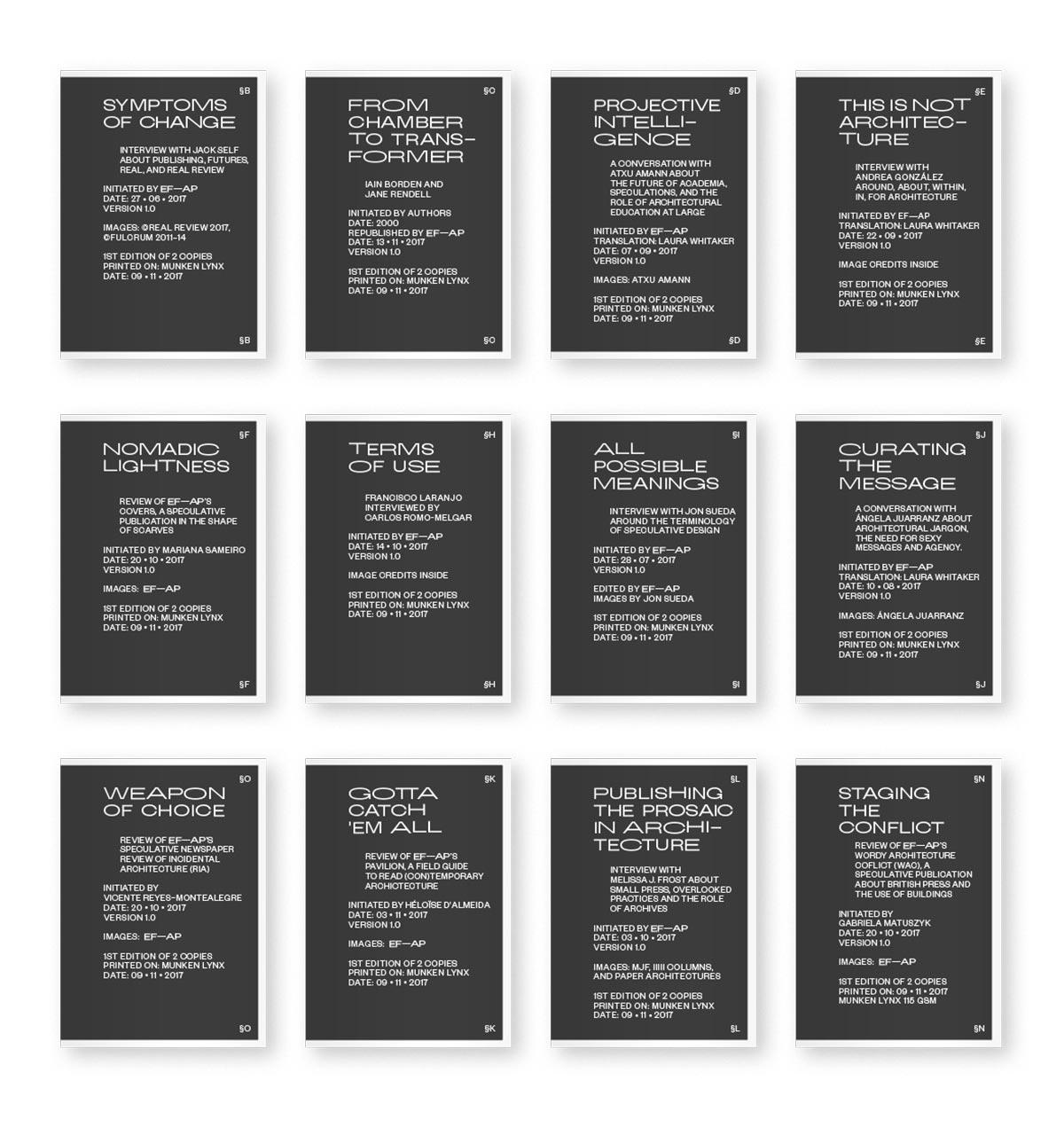
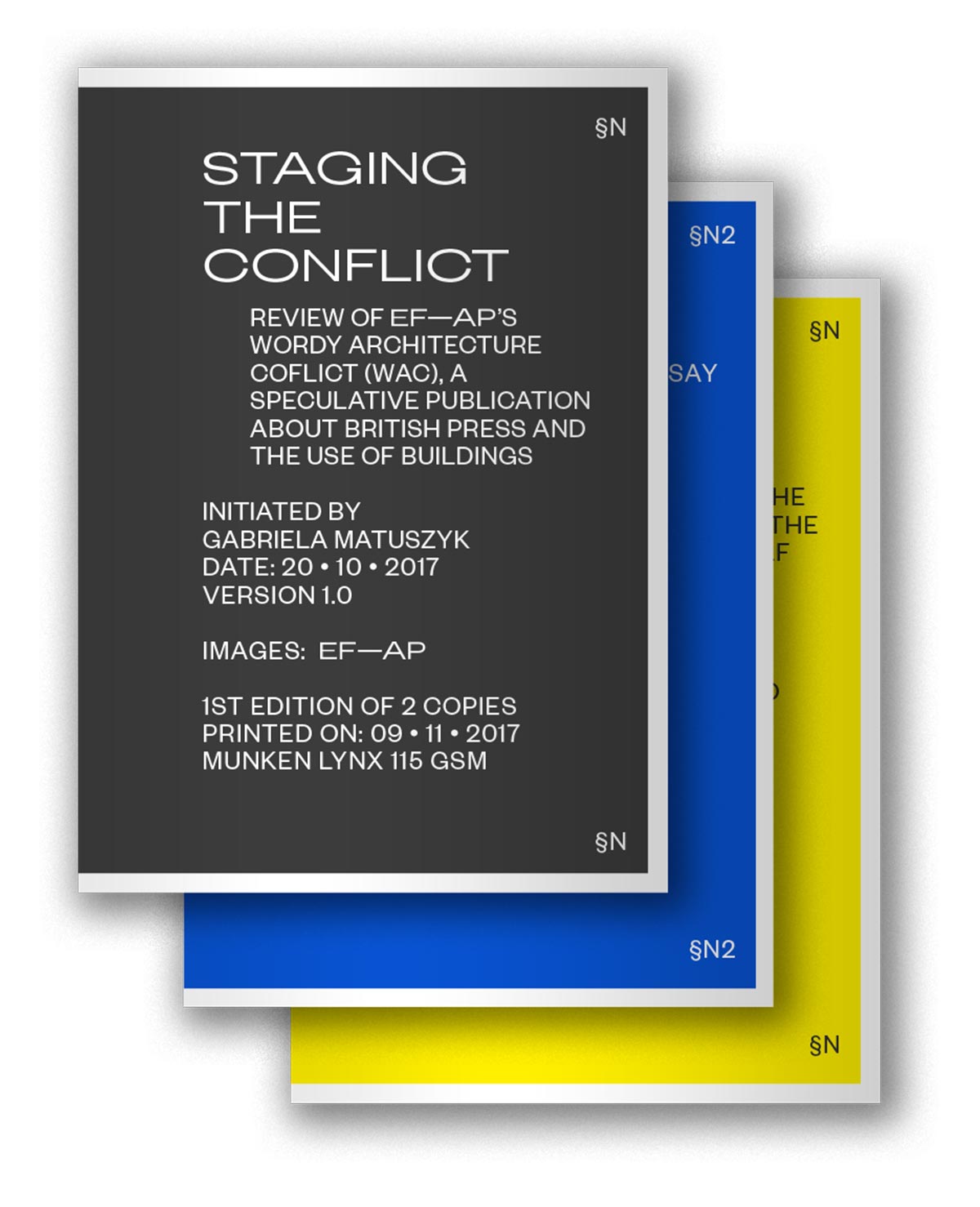

Colour Palette
The use of a limited colour palette has been done to create a cohesive visuality, taking into account the diversity of contents, sources and contributors. Only in the sections that feature contents produced by EF—AP, the speculative publication reviews or discussions, it is used full colour, to allow the readership have the broadest understanding of the speculation, amplifying the possible responses from them.
The limited color palette allows also to §RP separate the printing layers in Riso or screen printing, providing with more resources to the platform, ready to be used when they are available. In this sense, the use of limitations is considered a design decision.


Examples of application of the colour palette
Examples of application of the colour palette


Situated Devices
The role of situated knowledge has also been foregrounded by the use of two ‘situational devices’. The first one is a holographic sticker that contains a unique serial number. This content positions each specific publication within a line of production and a moment in time. All serial numbers are paired with the corresponding content, and the information is kept as part of the project’s archive.
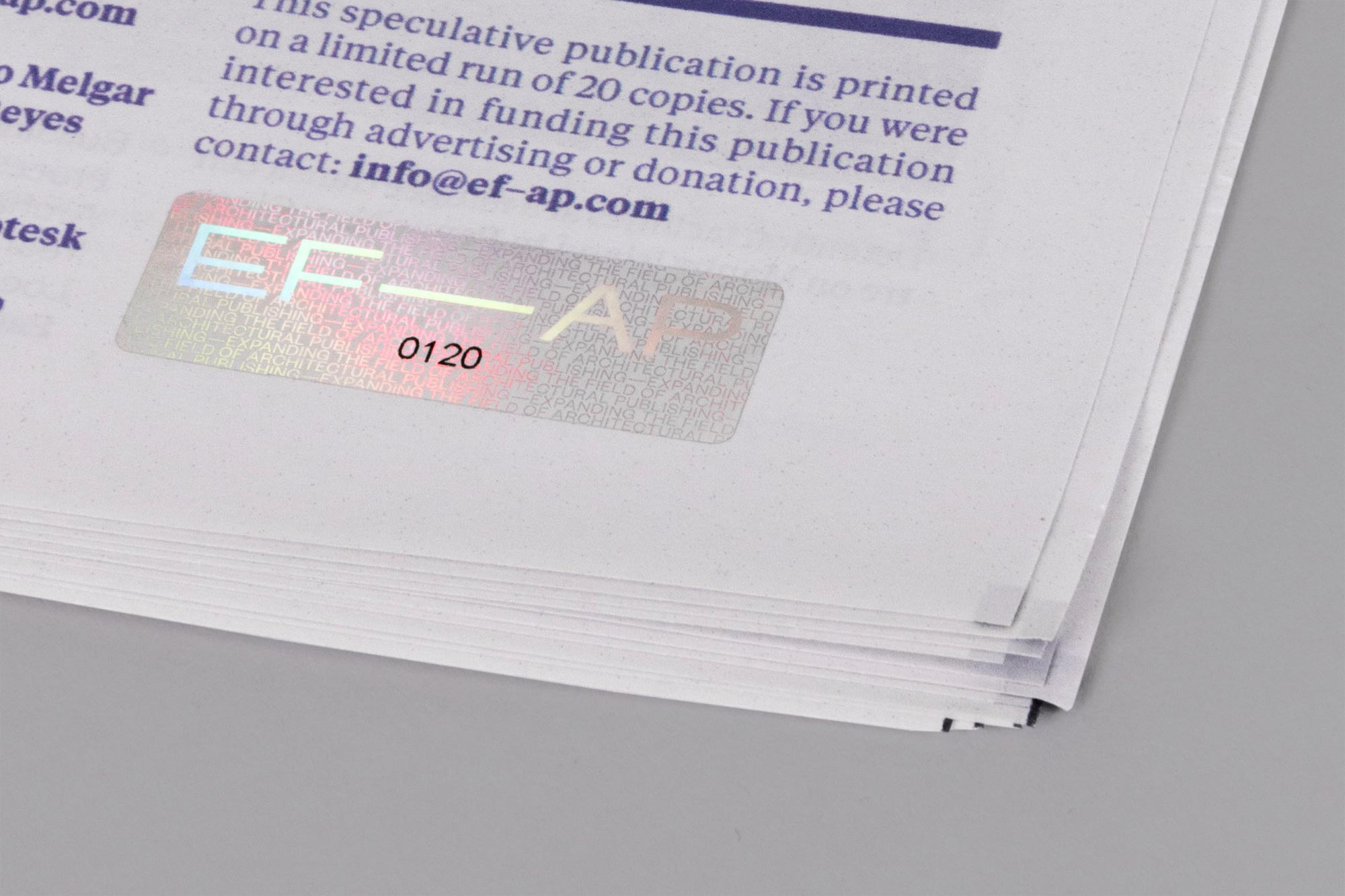

The second situational device is located in the table of contents, that takes the shape of a bookmark. It is inspired in the Japanese Obi band, which is used to add basic information about the product where it sits. In this case, the table of contents includes the name of the reader who orders a series of sections. This is the only place where the voice of the editor is present, in a very short paragraph describing the temporal context in which the order was made. It is printed in Poster Paper, which is very fragile, with the intention of an eventual loss or damage, as the role of the reader as editor is tried to be foregrounded.
Typography
The main component of the typographic voice of EF—AP is Founders Grotesk Family for two reasons: it is a contemporary review of a conventional and accessible aesthetic, with a very varied array of weights. This situation allows the project to have different approaches without changing drastically its typographic identity. This is seen as particularly important for a project that aims to be extended in the long-term.
Bringing the intentions of expansion of the project, some extended glyphs were developed at the beginning. During the process of unravelling of this project, the interest in developing an adaptable set of characters that convey the idea of expansion was increasing. It was studied the use of extended and expanded weights in GT America (Grilli), on a very strict manner. However, during the process of adapting Founders Grotesk, it was clear that the glyphs come from a revival attempt of early grotesk typefaces. From that point, it was used a less analytical approach and a more optical one. Finally, two weights were developed: EFAP Grotesk Extended and EFAP Grotesk Expanded.
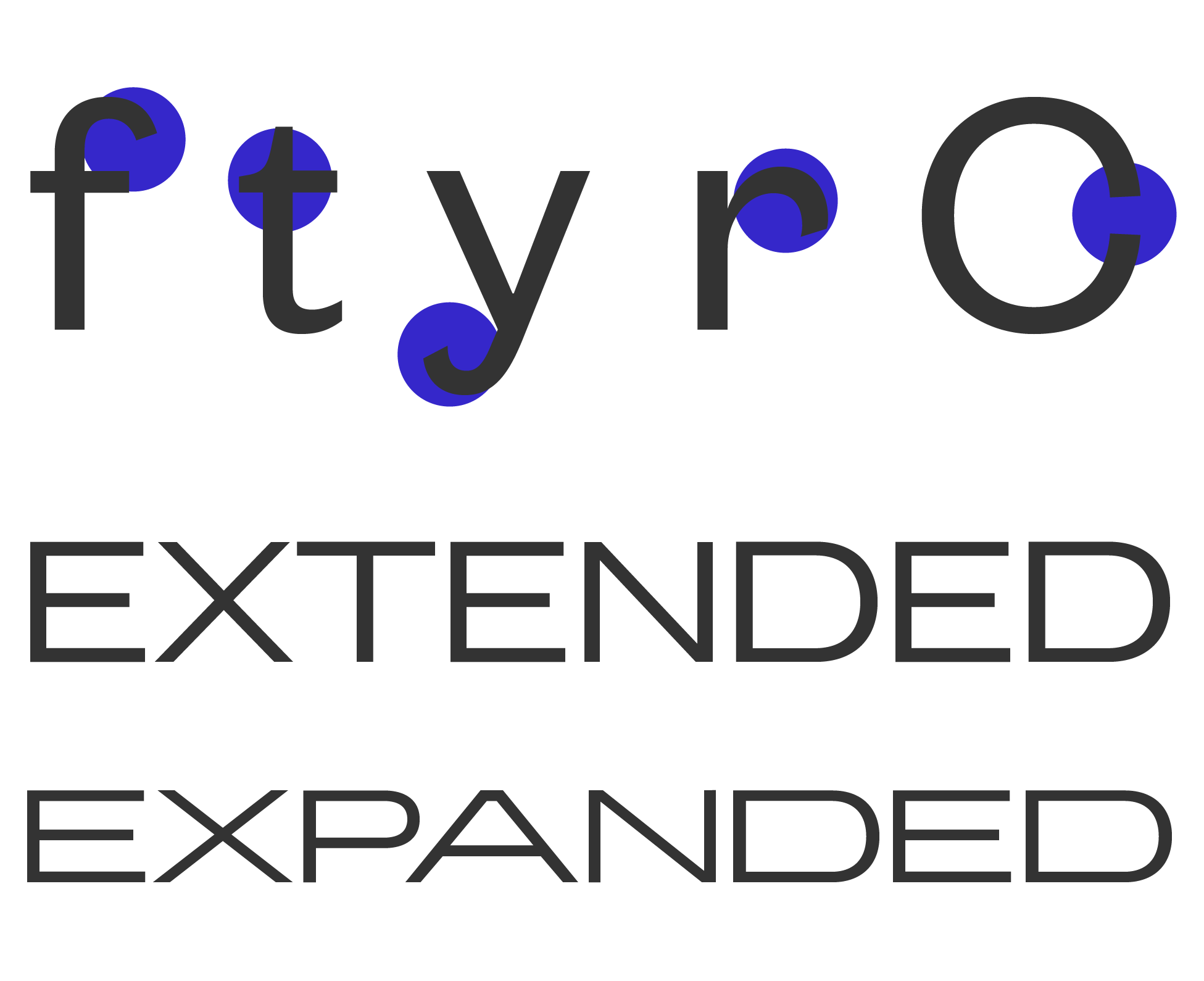
Other Works
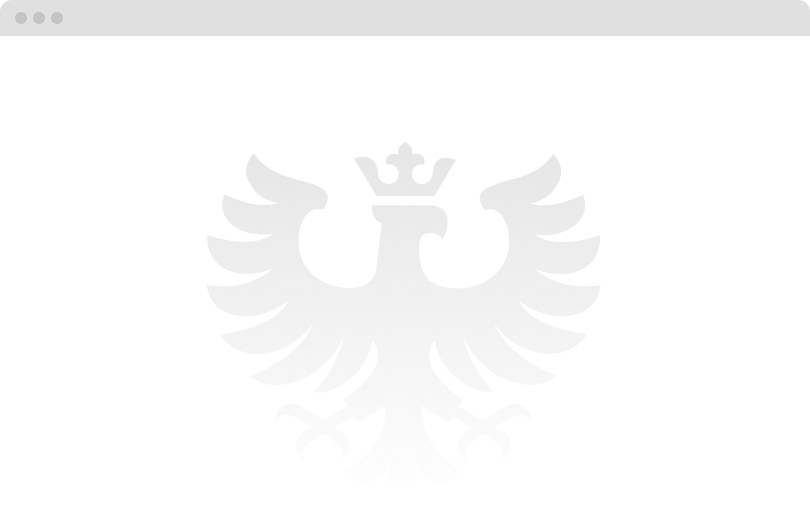
test sliderProject type
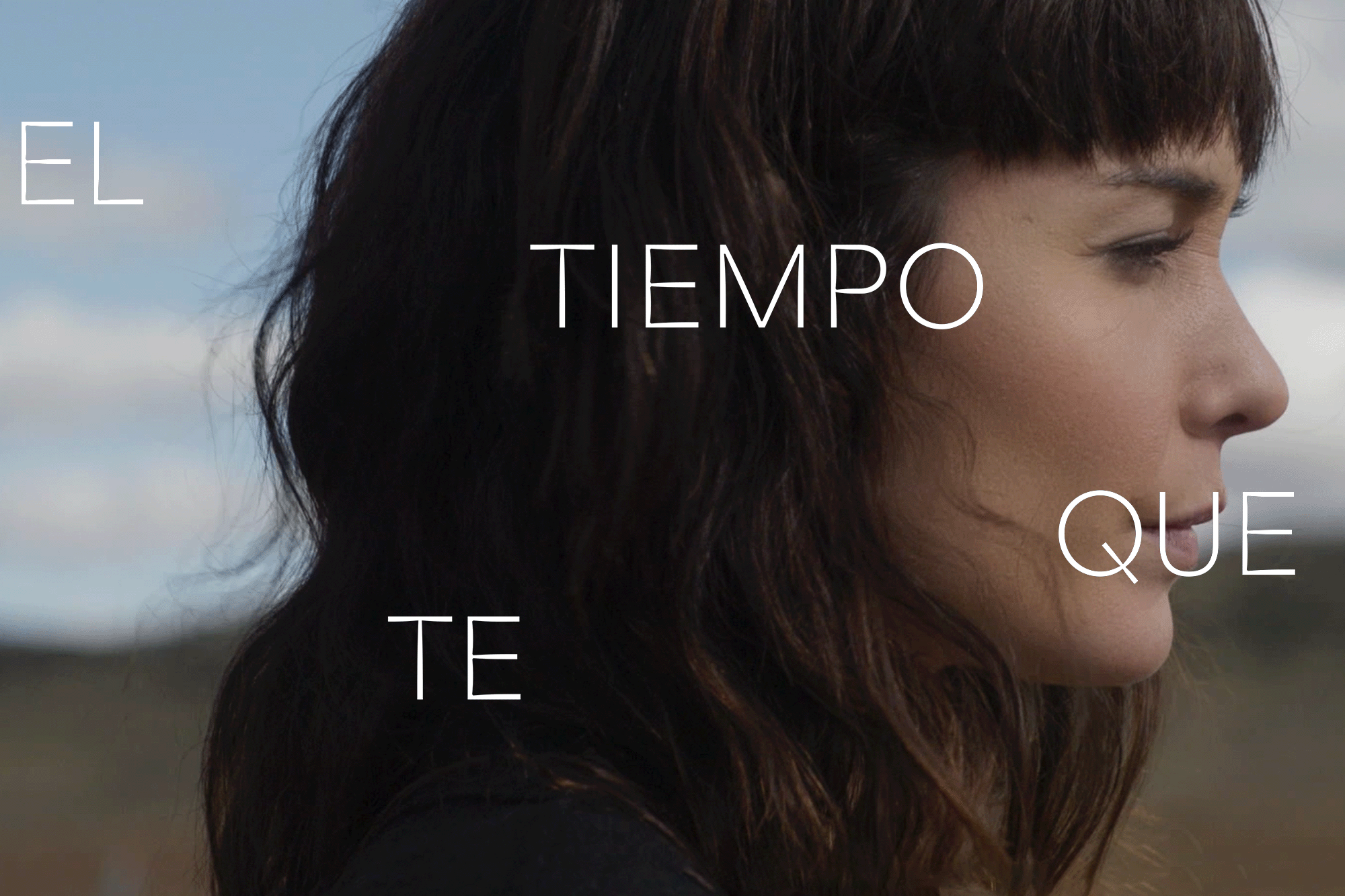
The Time it TakesMotion Graphics
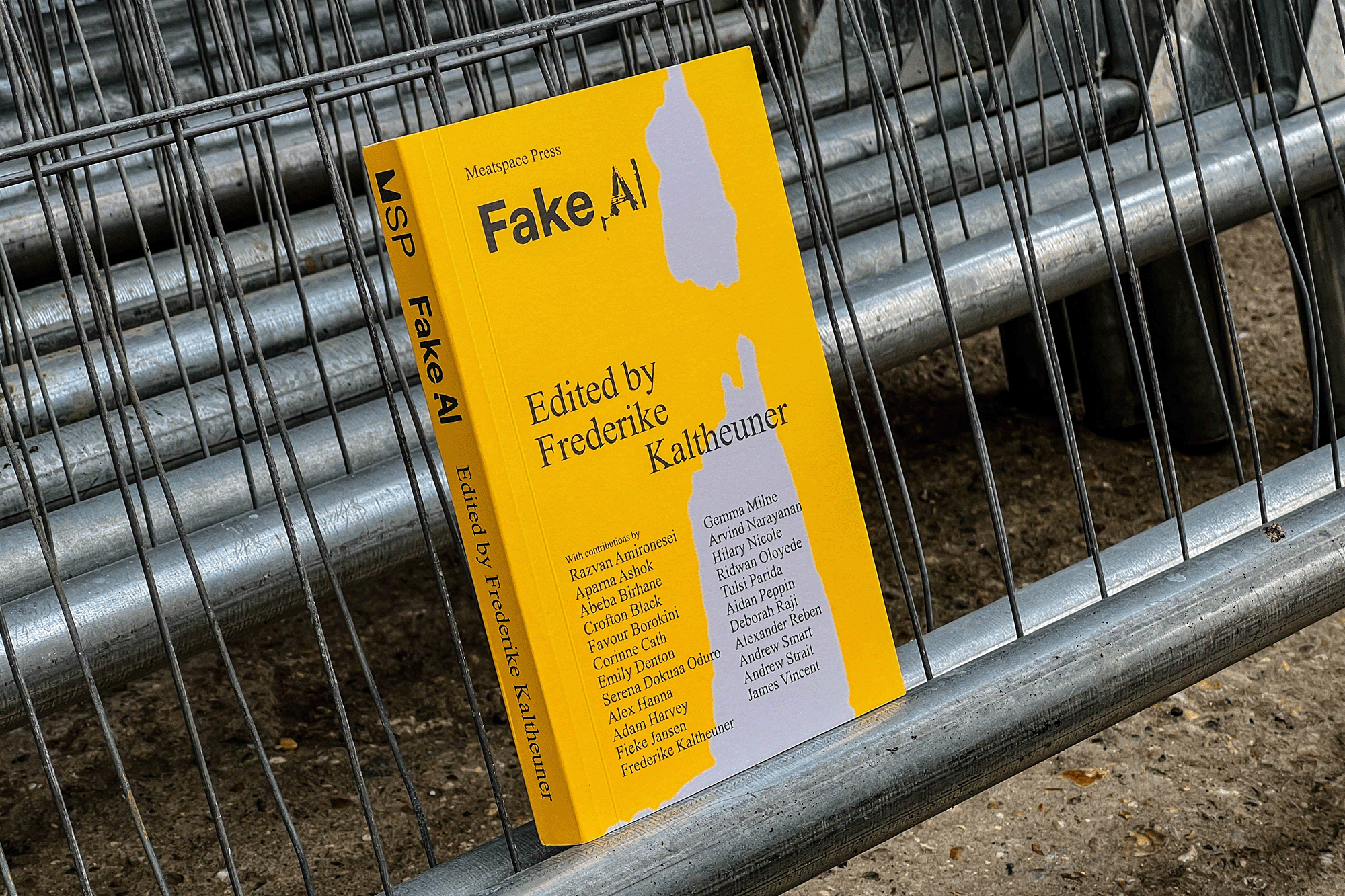
Fake AIEditorial
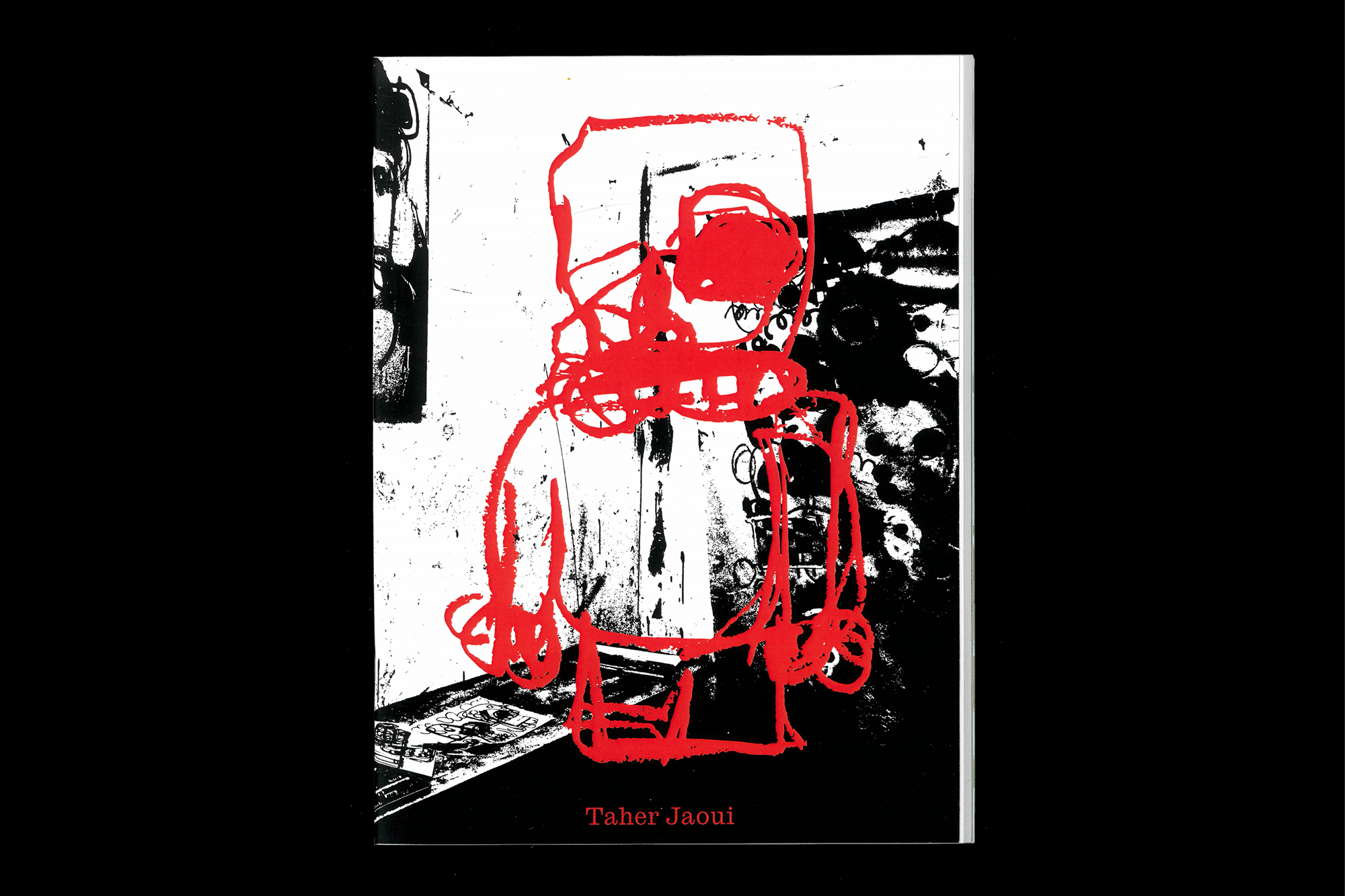
Taher Jaoui: Sketches 2022Artist Book
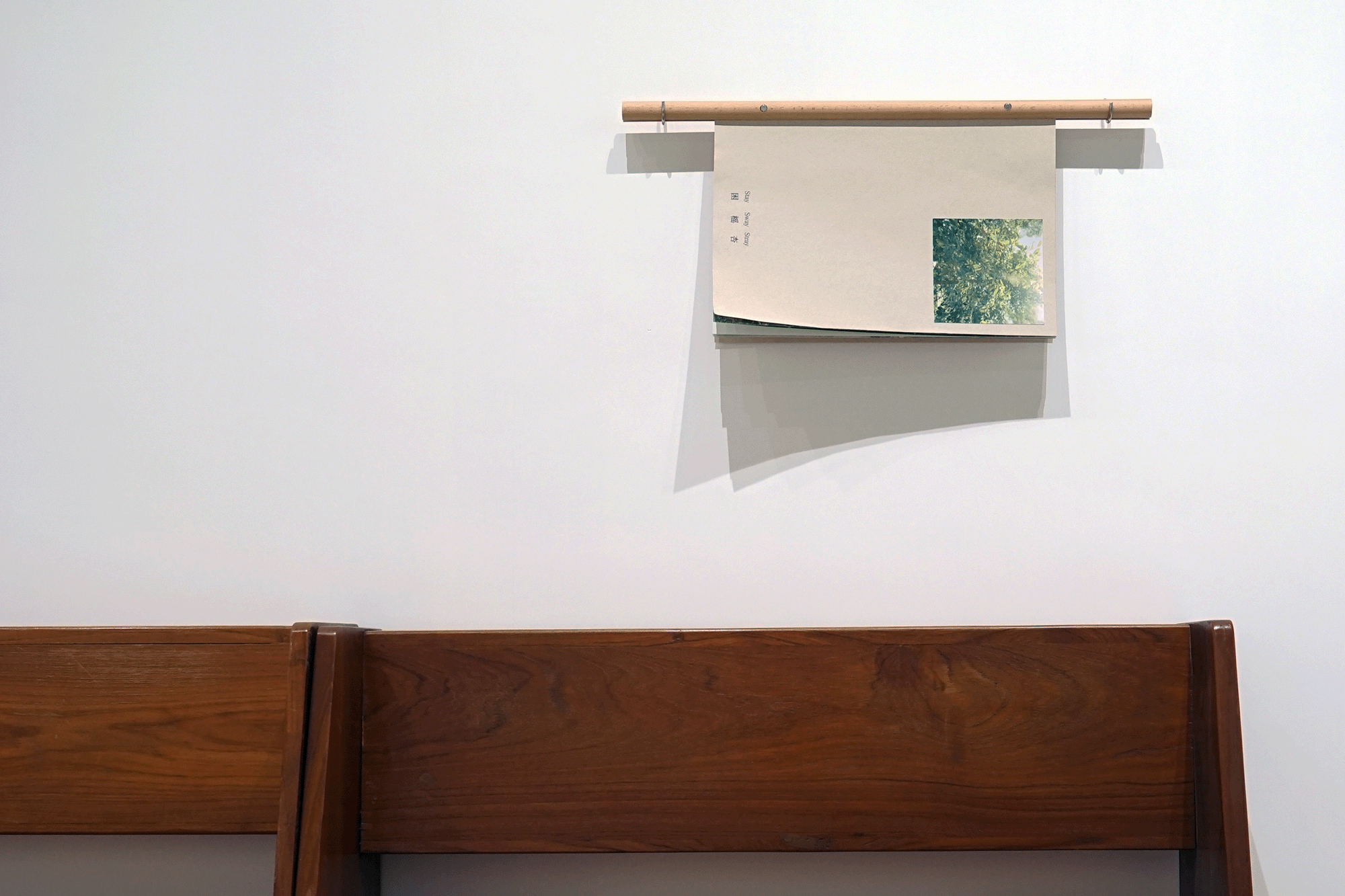
Stay/Sway/Stray (困榣杏)Artist Book
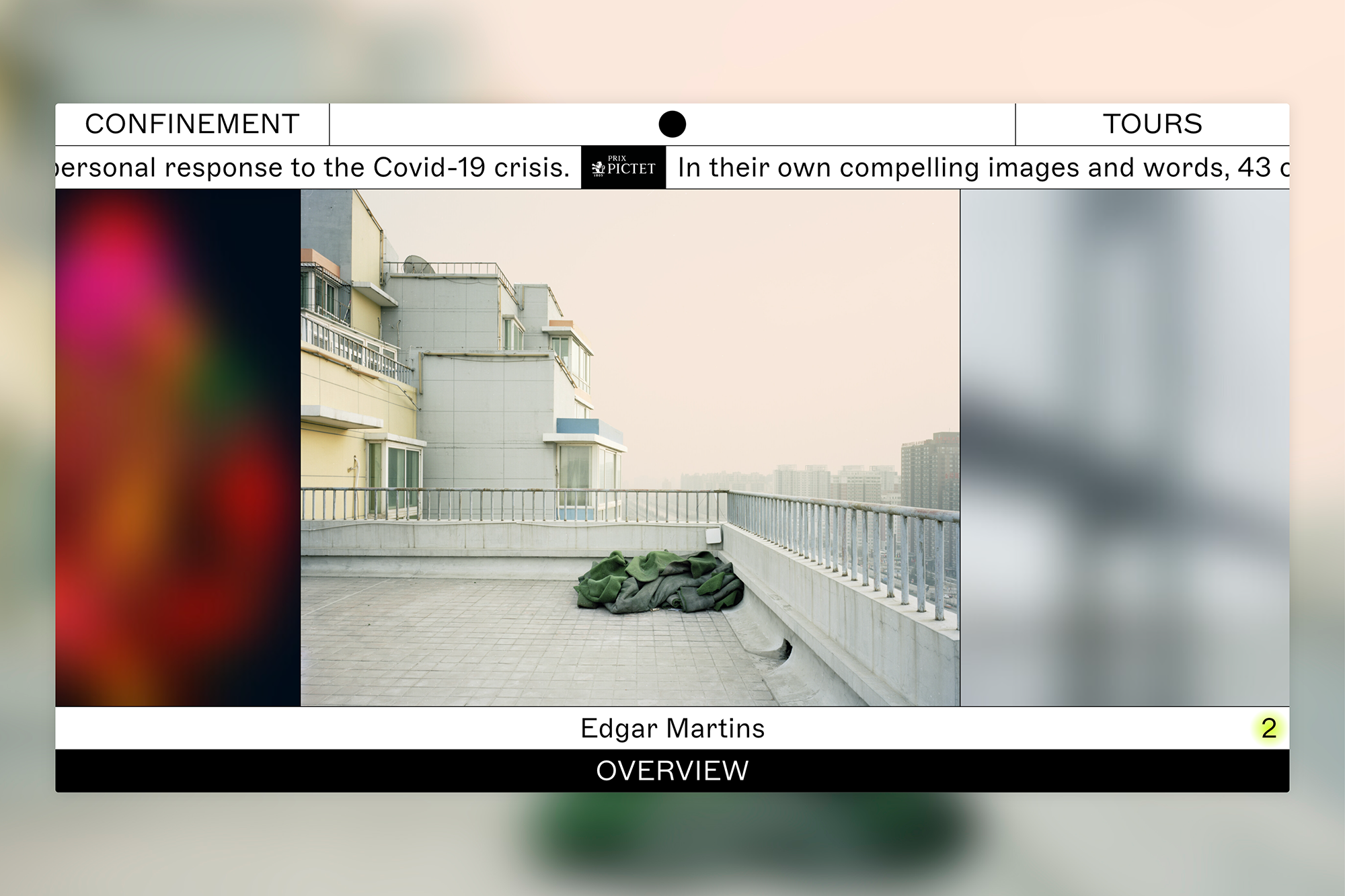
ConfinementExhibition
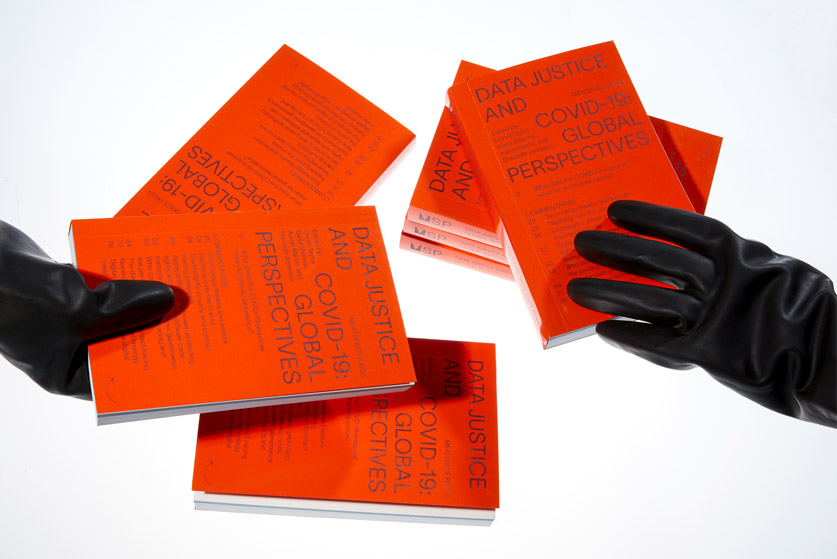
Data Justice and COVID-19Editorial
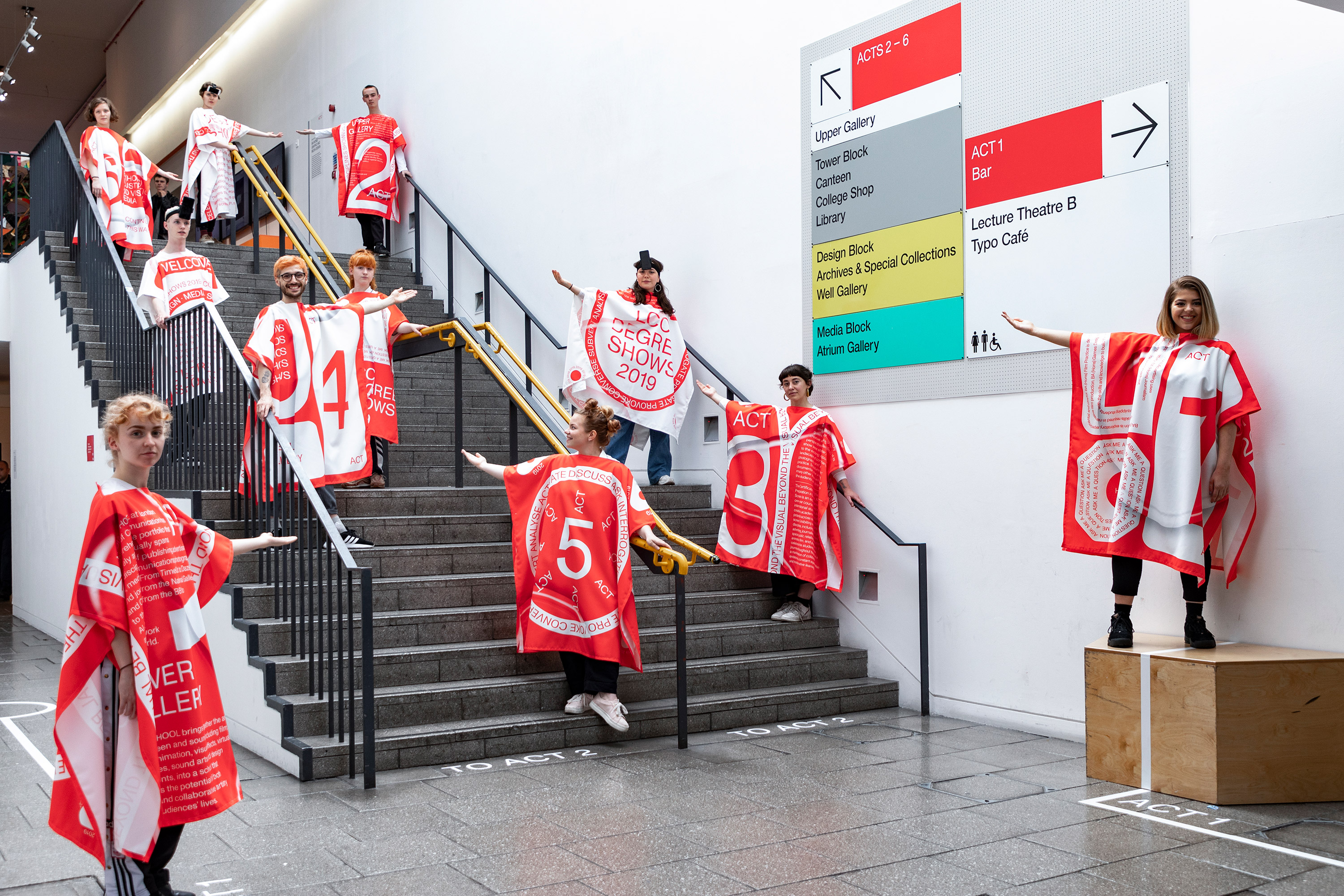
LCC Degree Shows 2019Exhibition
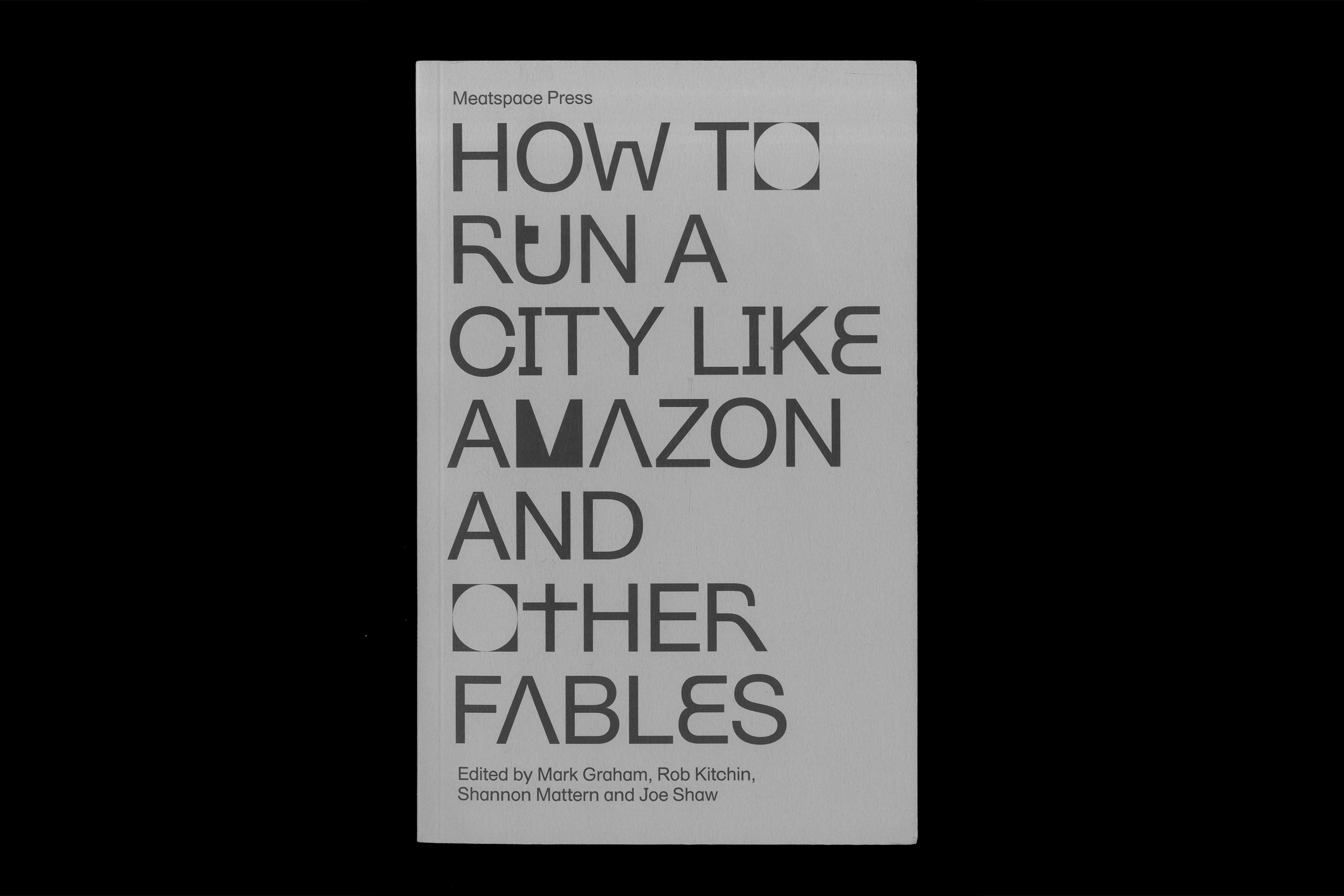
HTRCLAEditorial
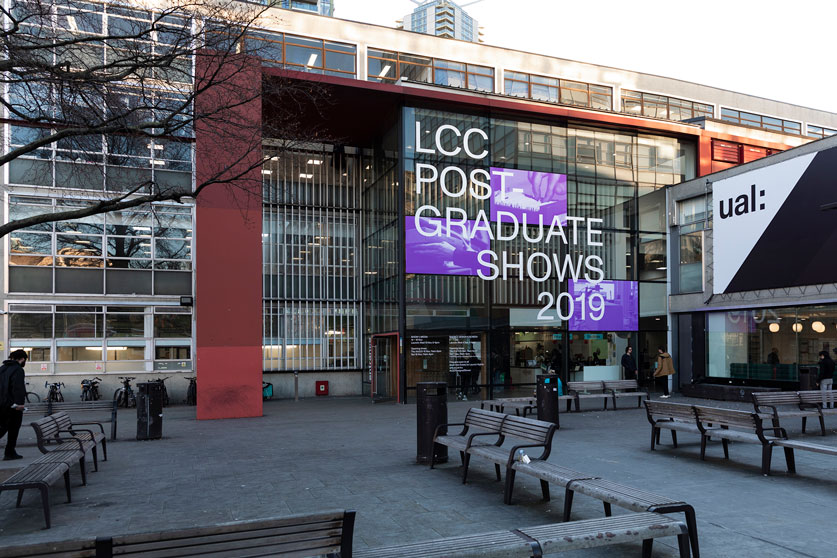
LCC Postgraduate ShowsExhibition
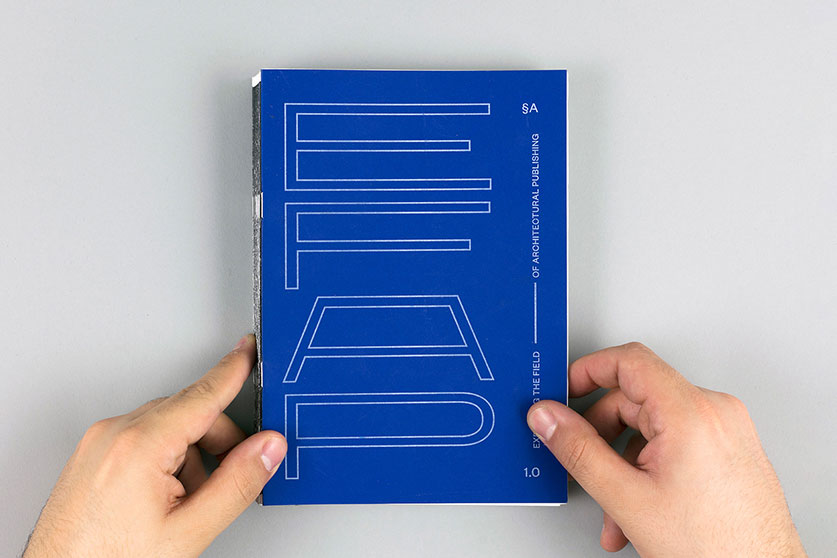
Expanding the Field of Architectural PublishingEditorial, Research
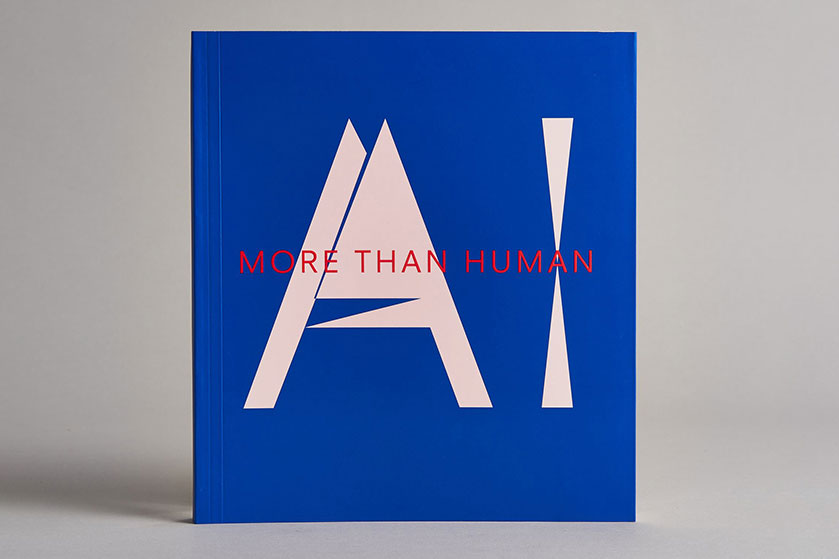
AI: More than HumanEditorial
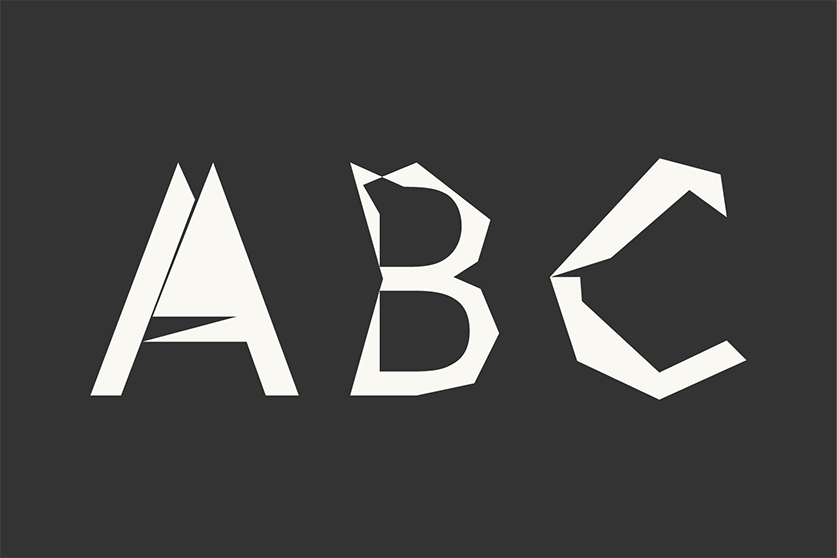
Digi Grotesk AIType
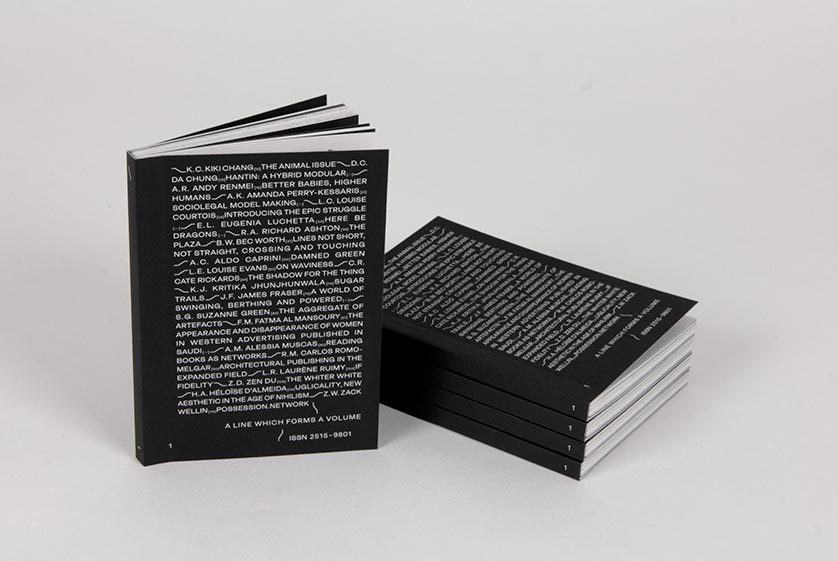
A Line which Forms a VolumeEditorial
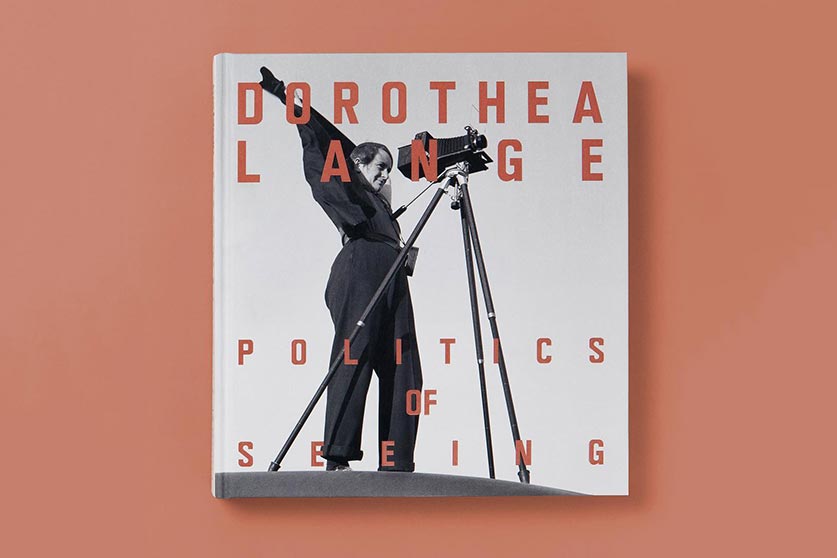
Dorothea Lange: Politics of SeeingEditorial, Exhibition
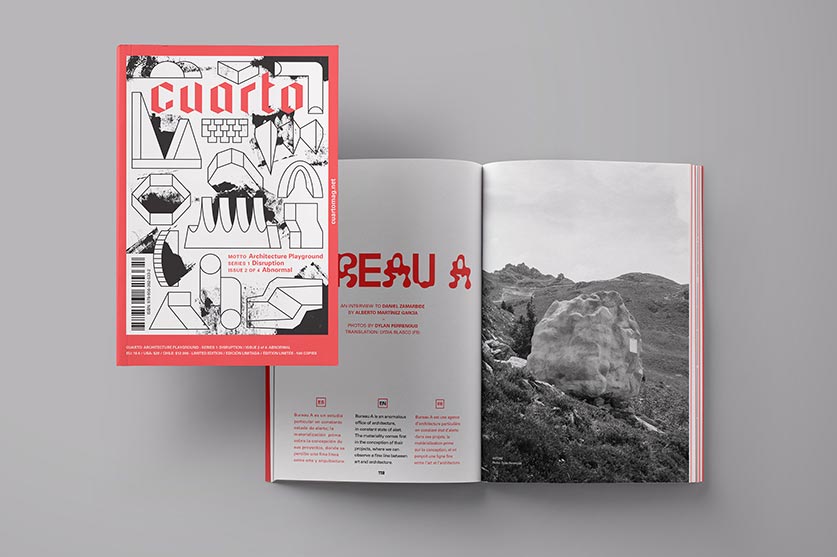
Cuarto: Architecture PlaygroundEditorial, Art Direction
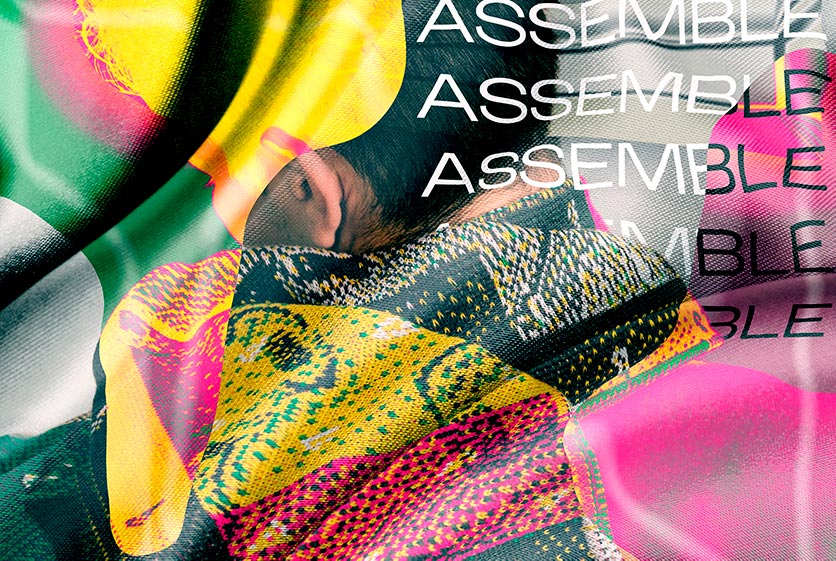
CoversEditorial, Textile
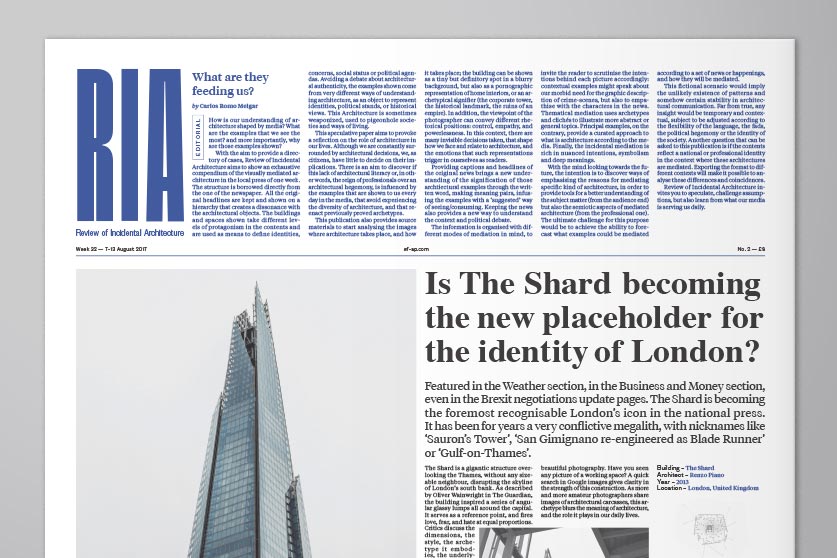
Review of Incidental ArchitectureResearch, Editorial
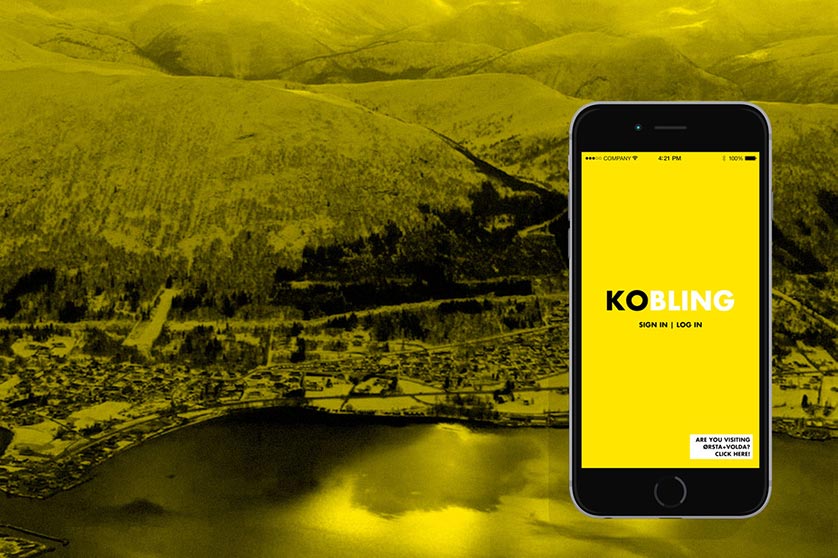
HyperkoblingResearch, Digital Design
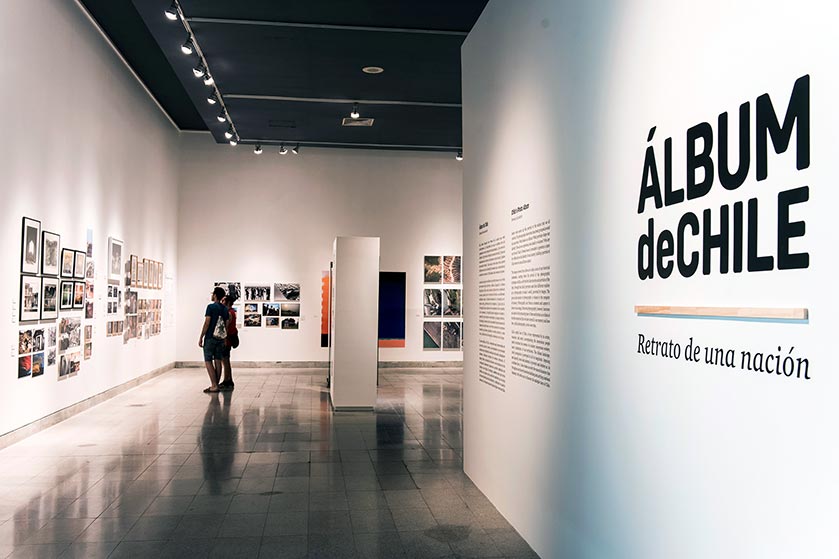
Album de ChileEditorial, Branding, Exhibition
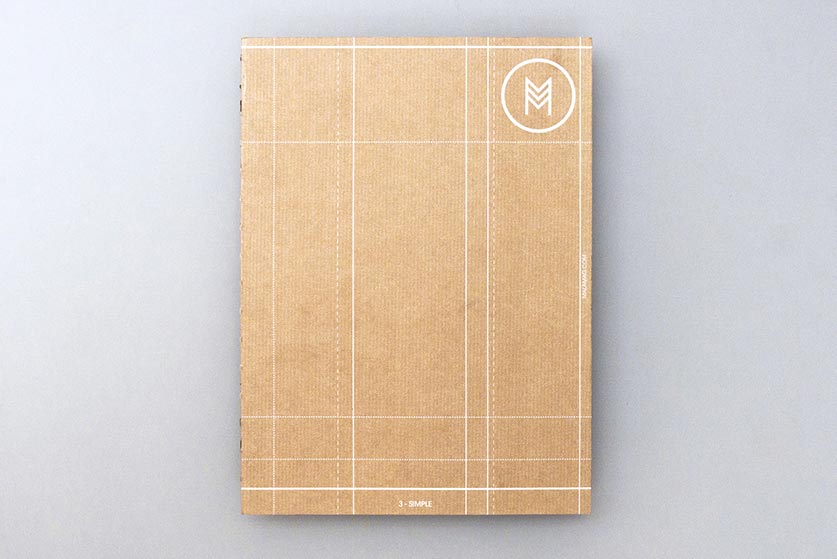
MalamagArt Direction, Graphic Design
